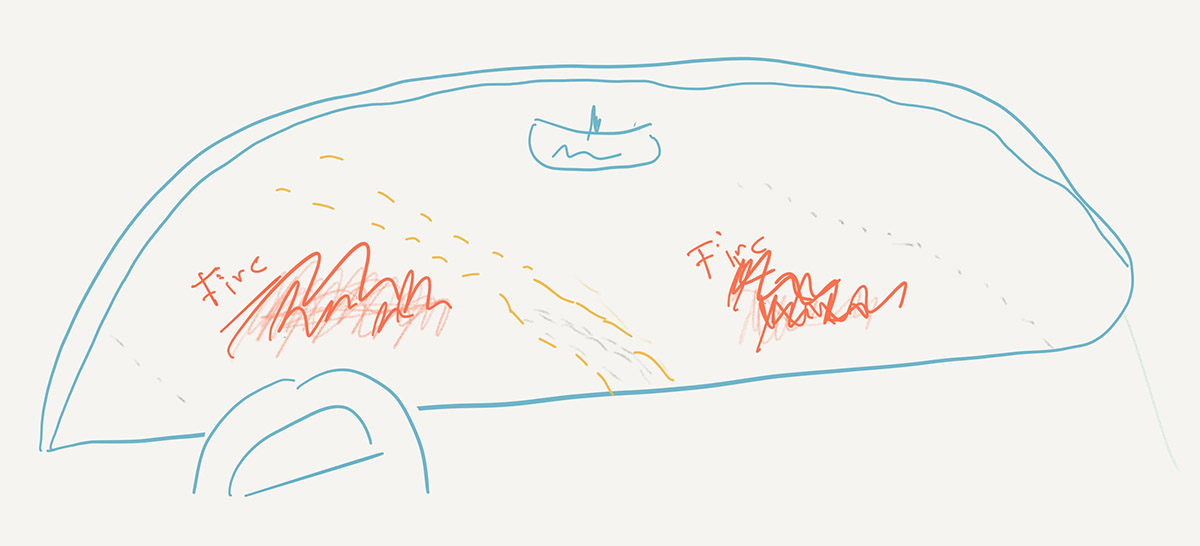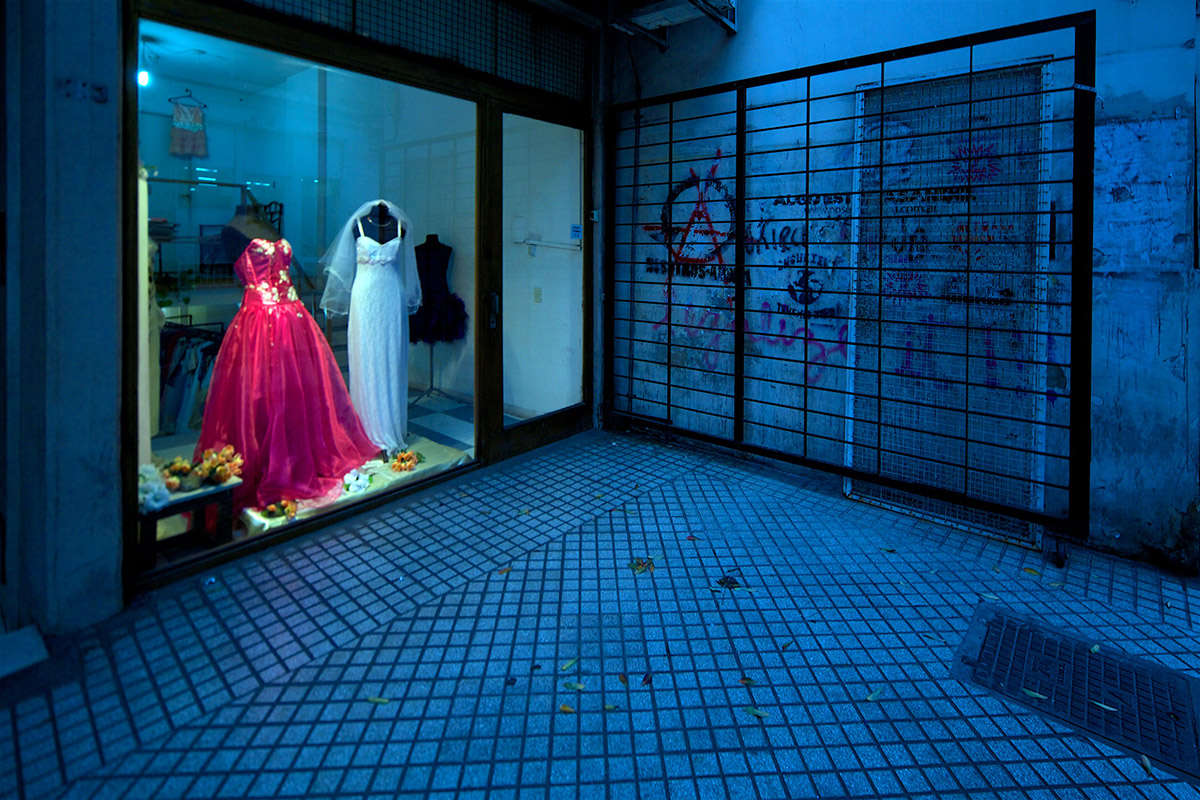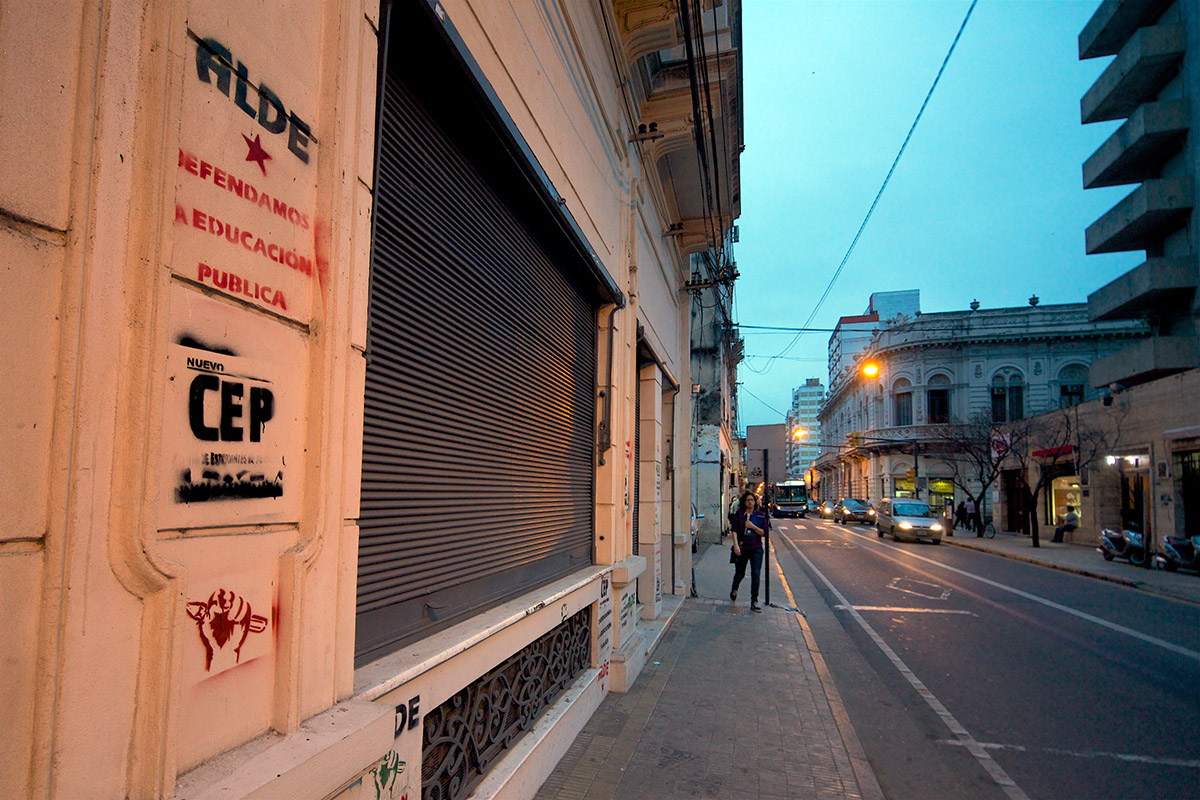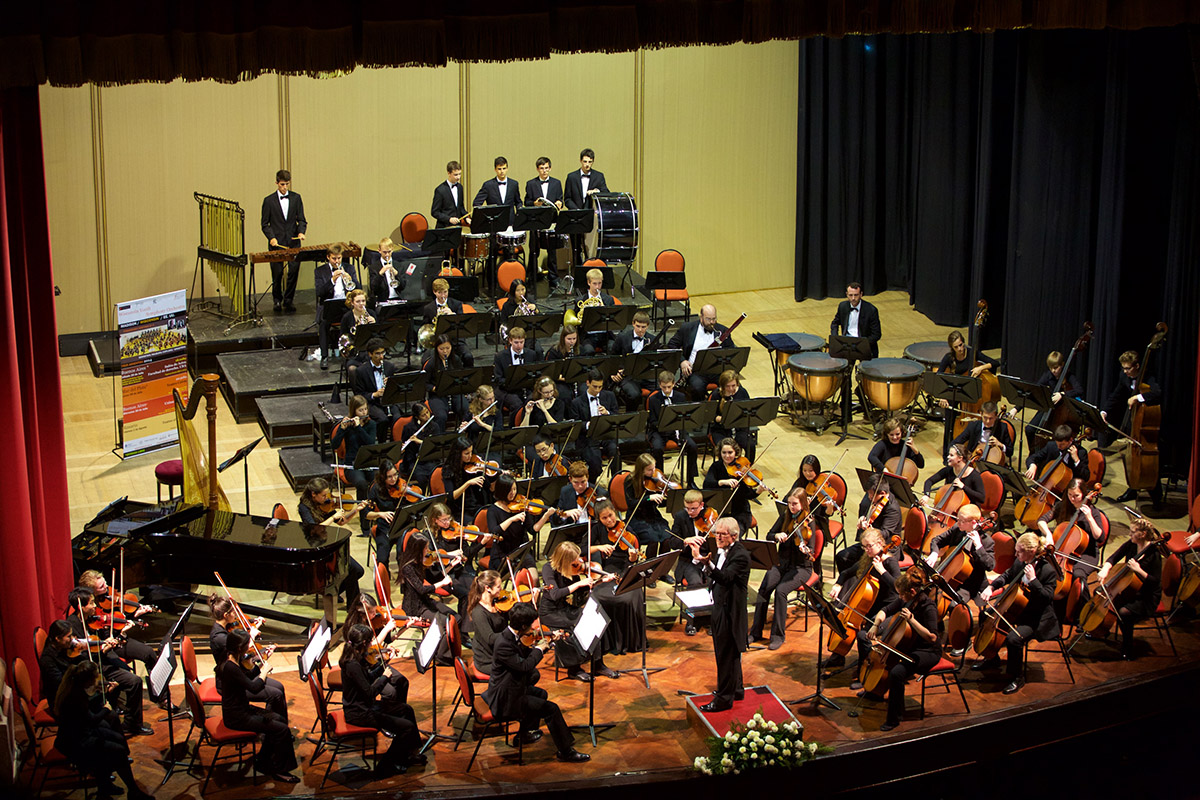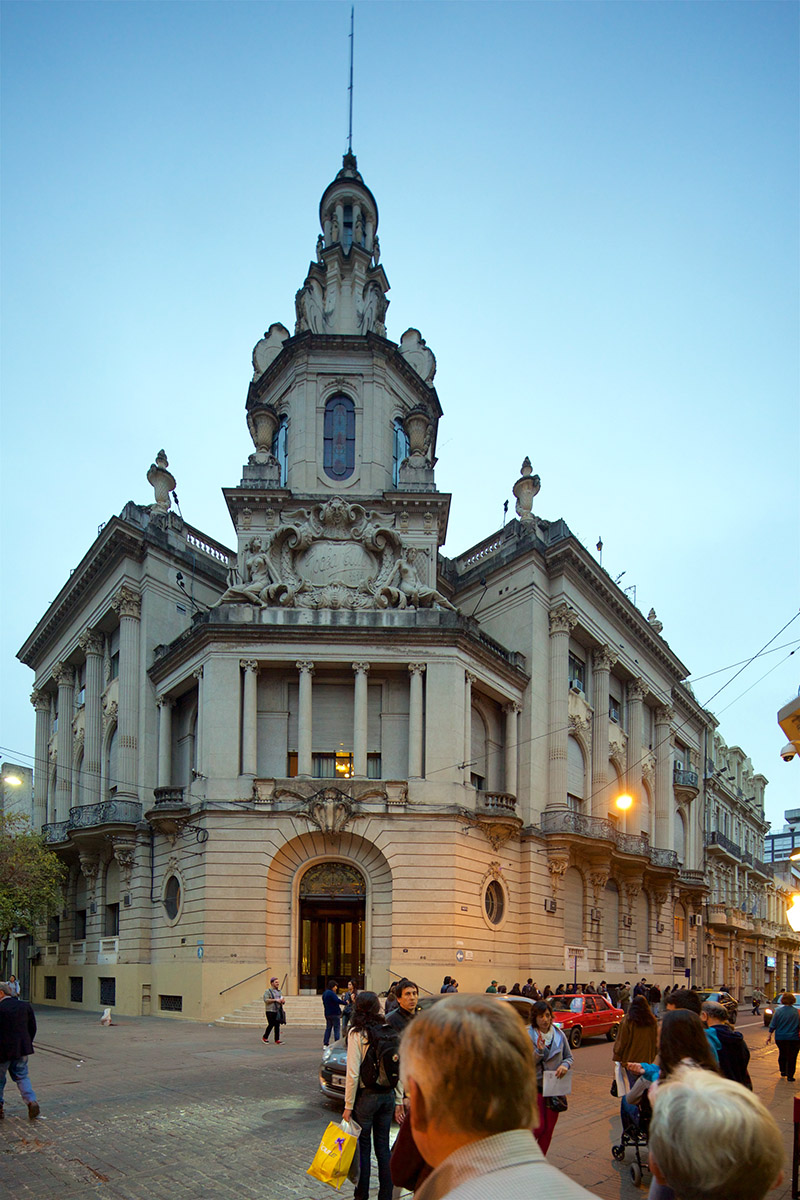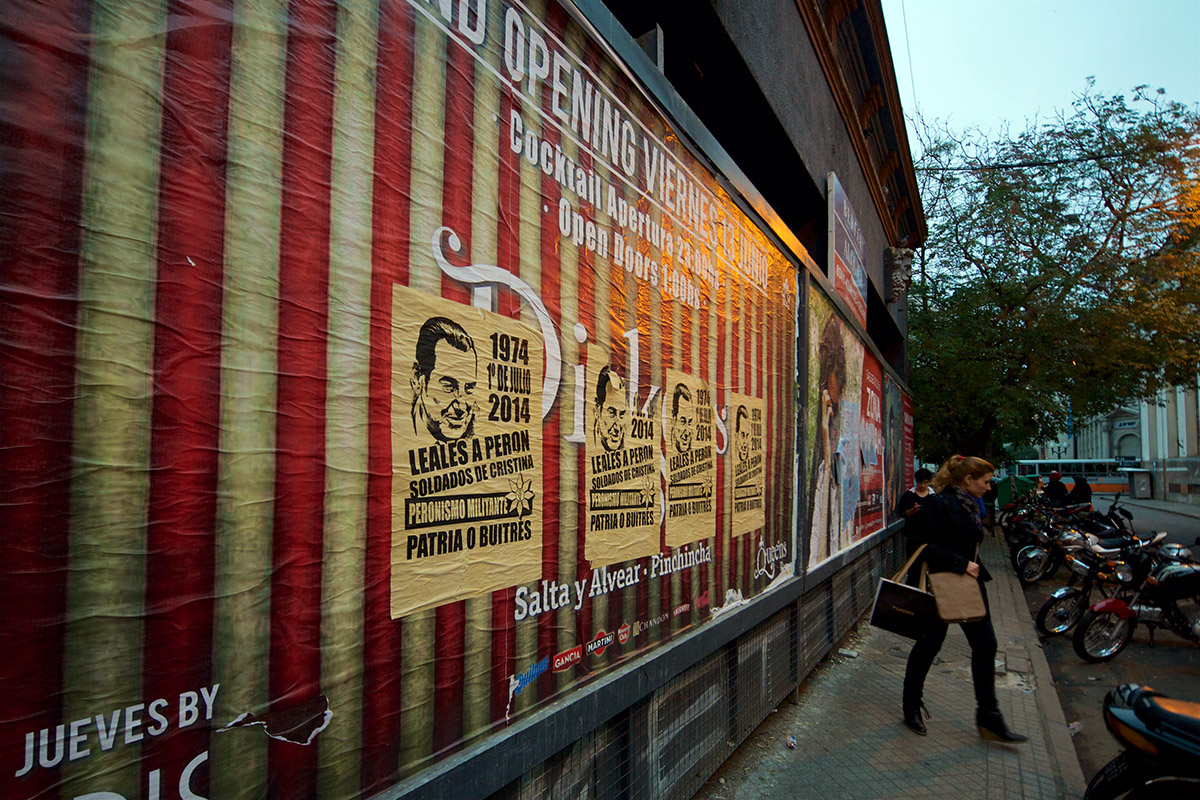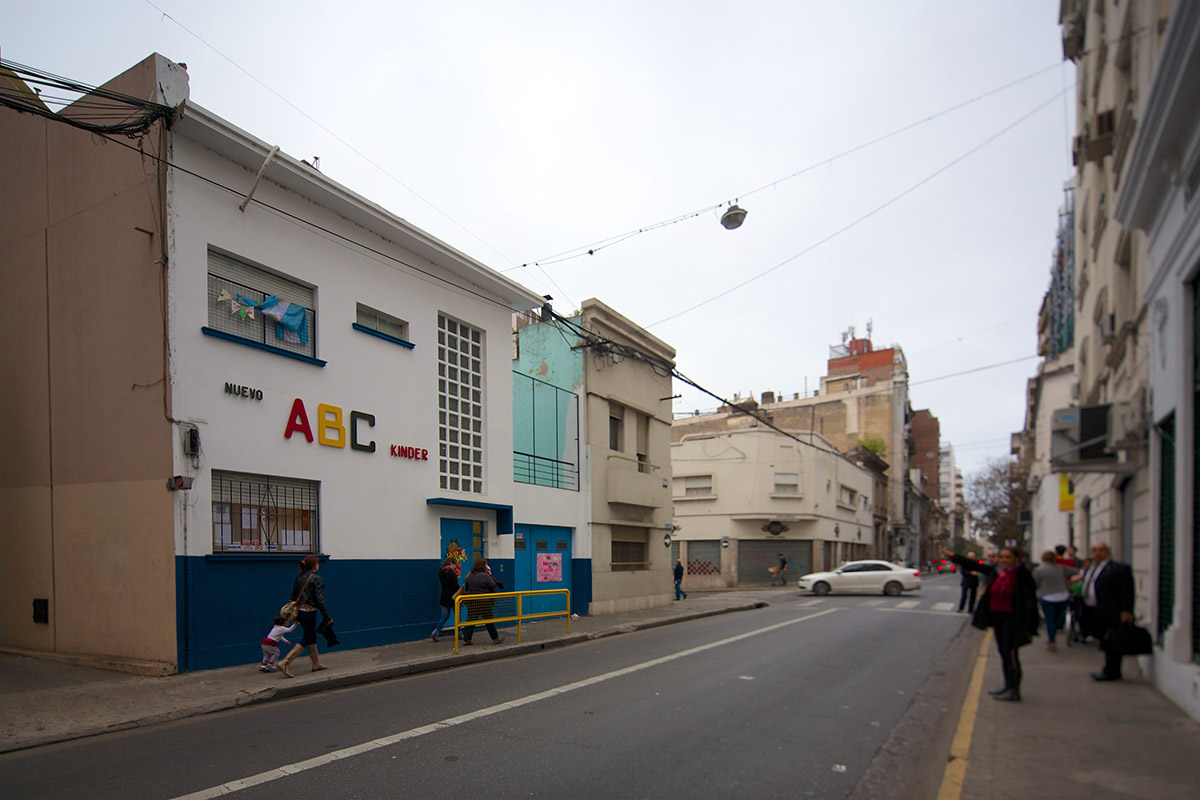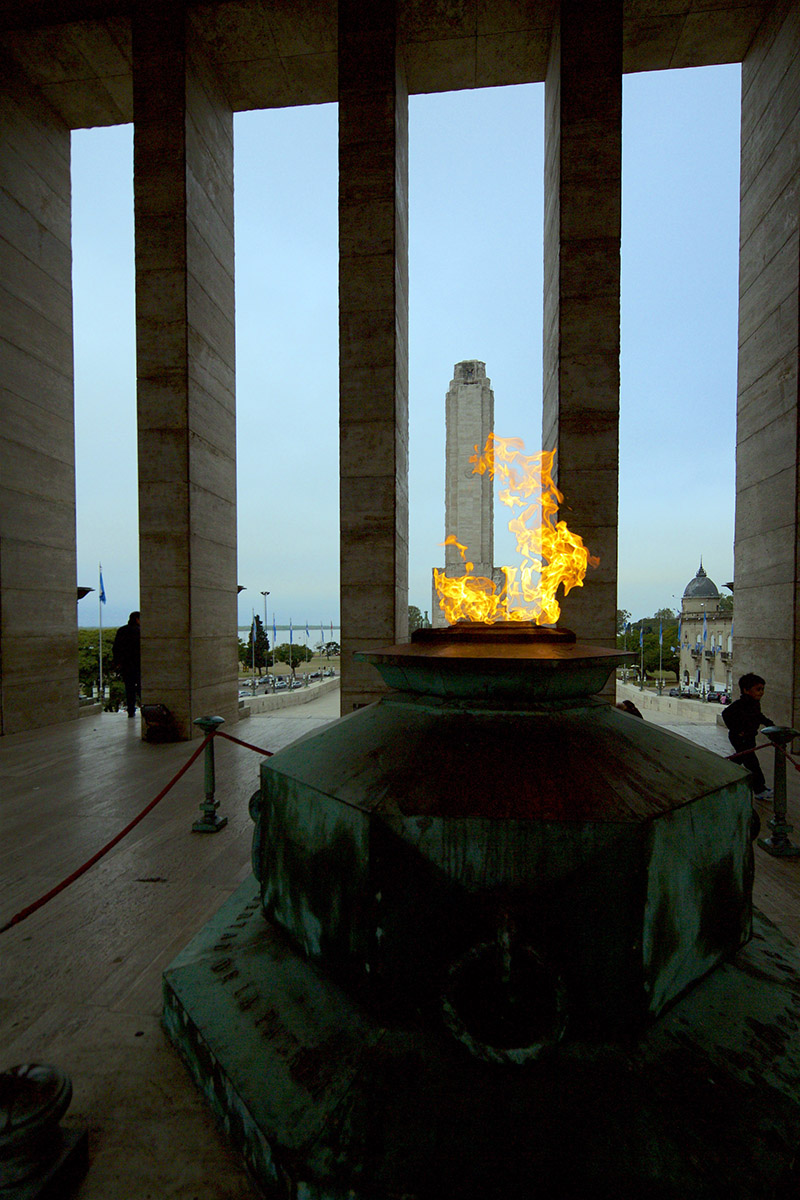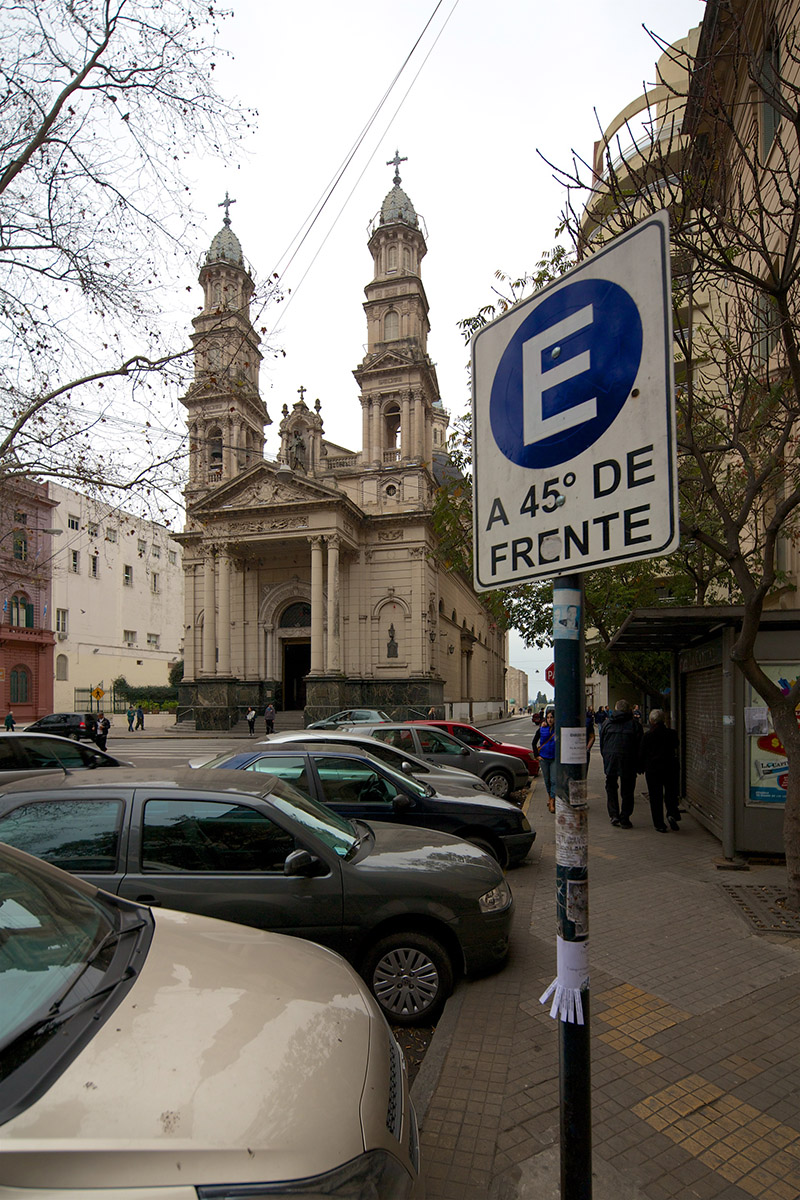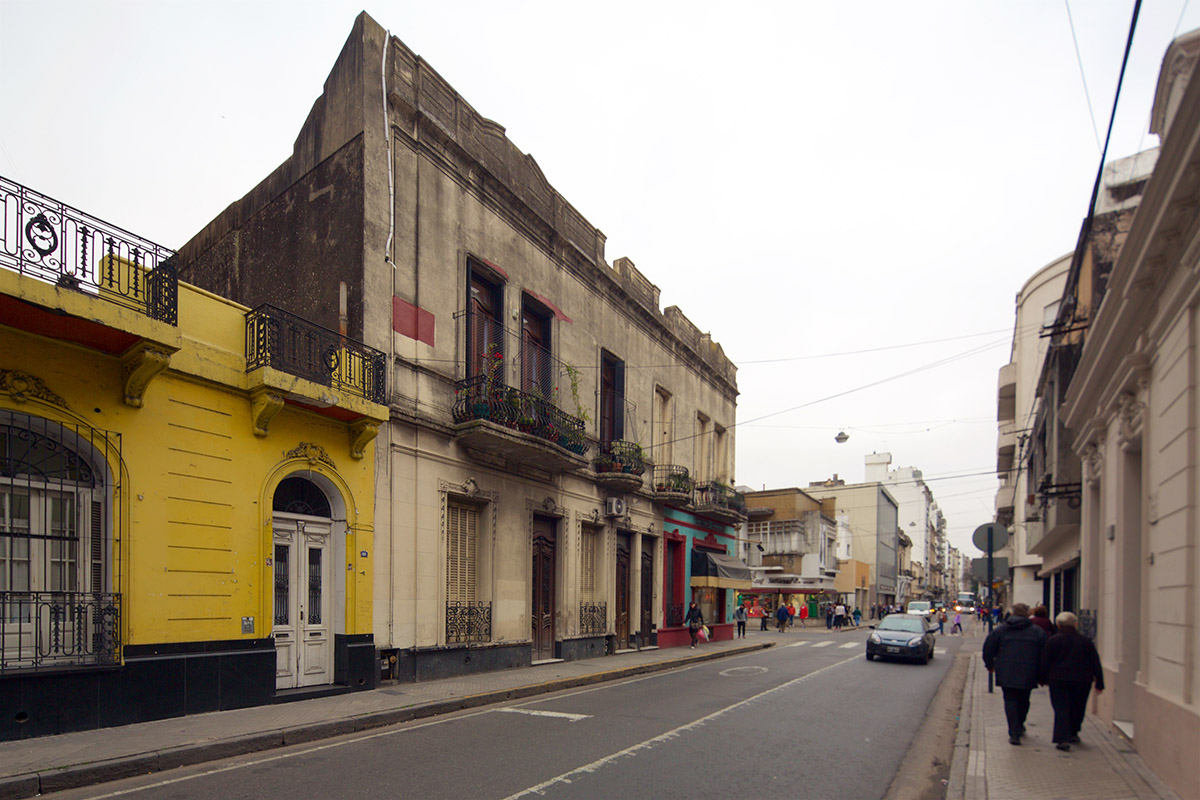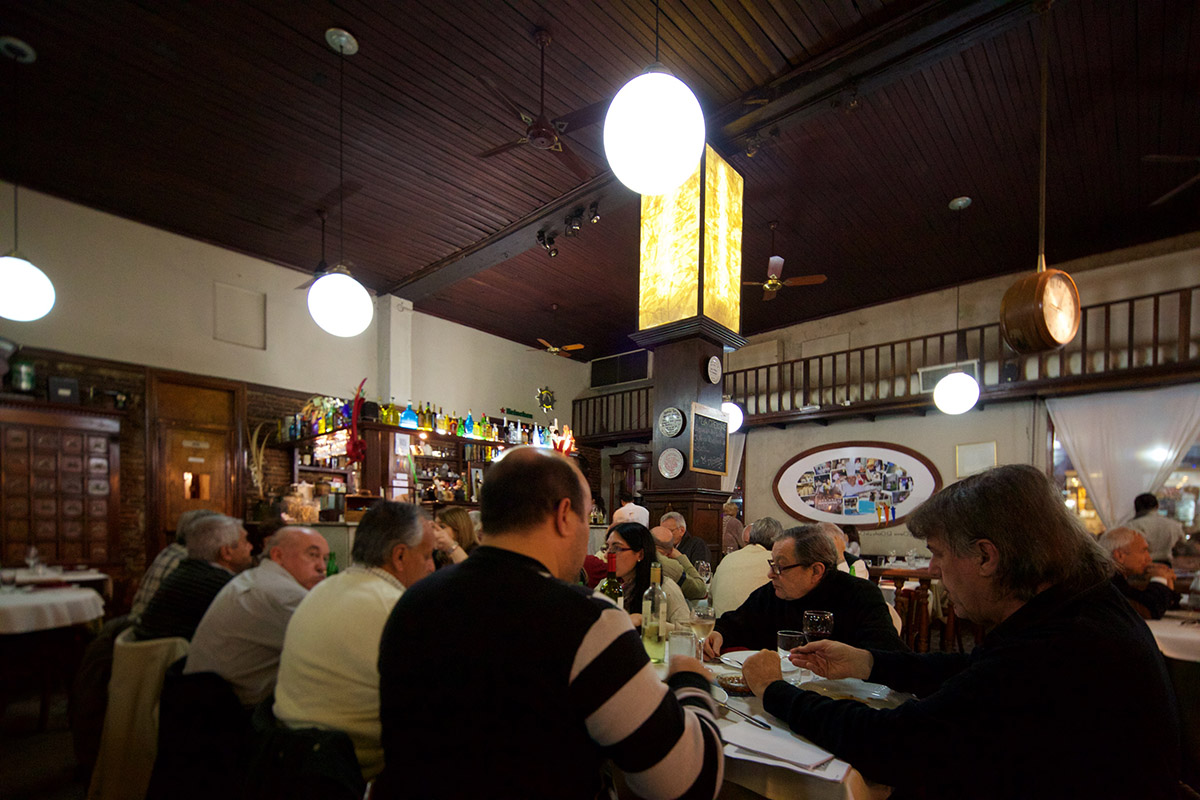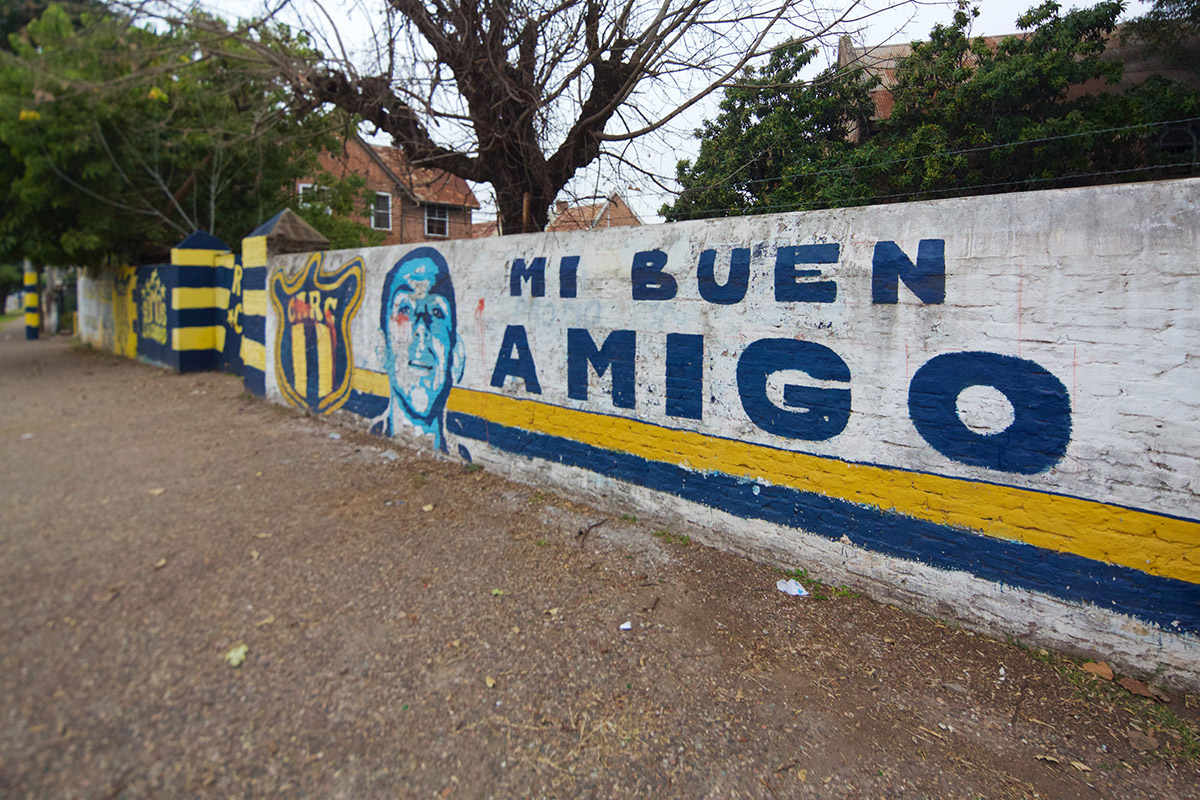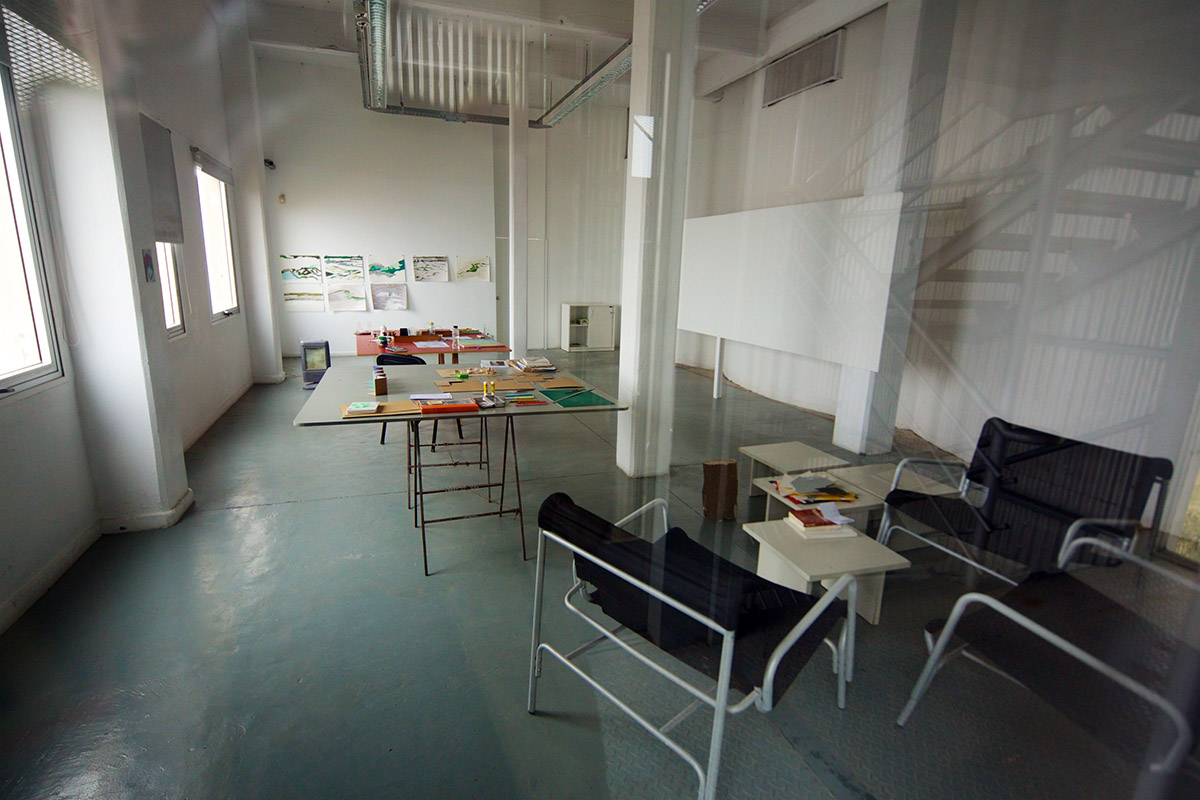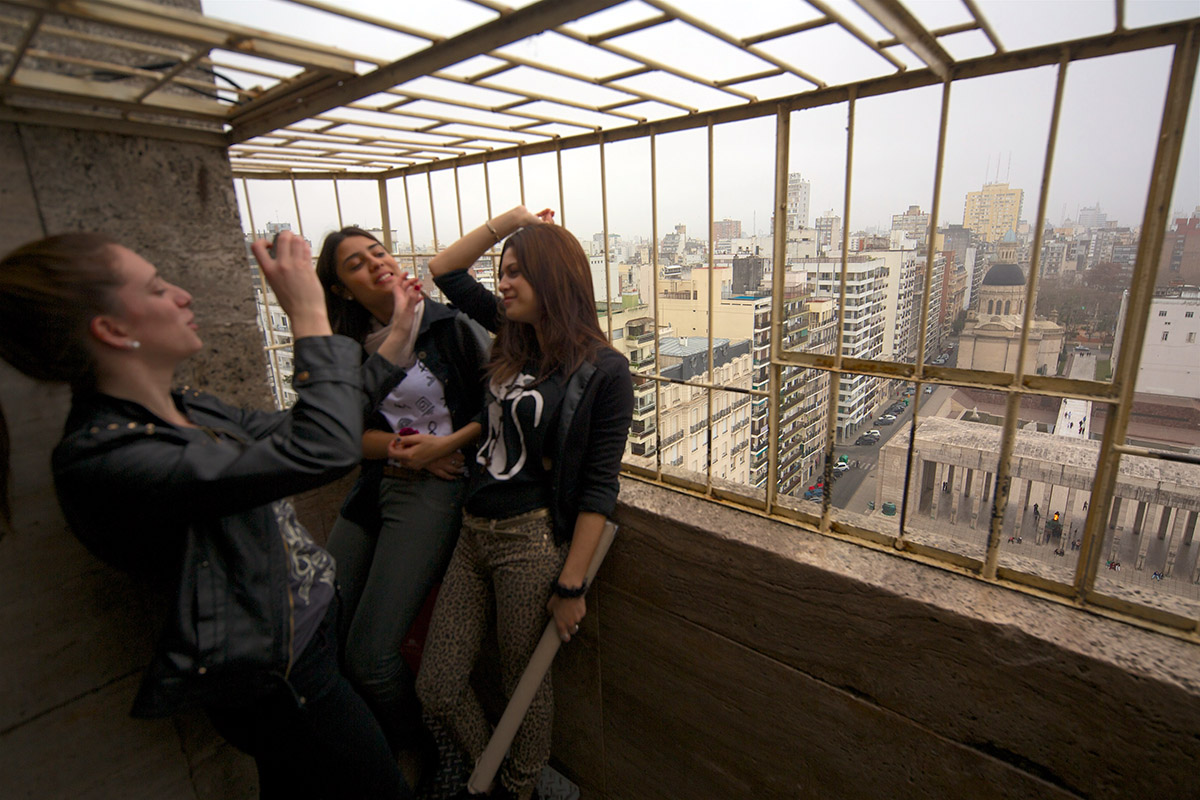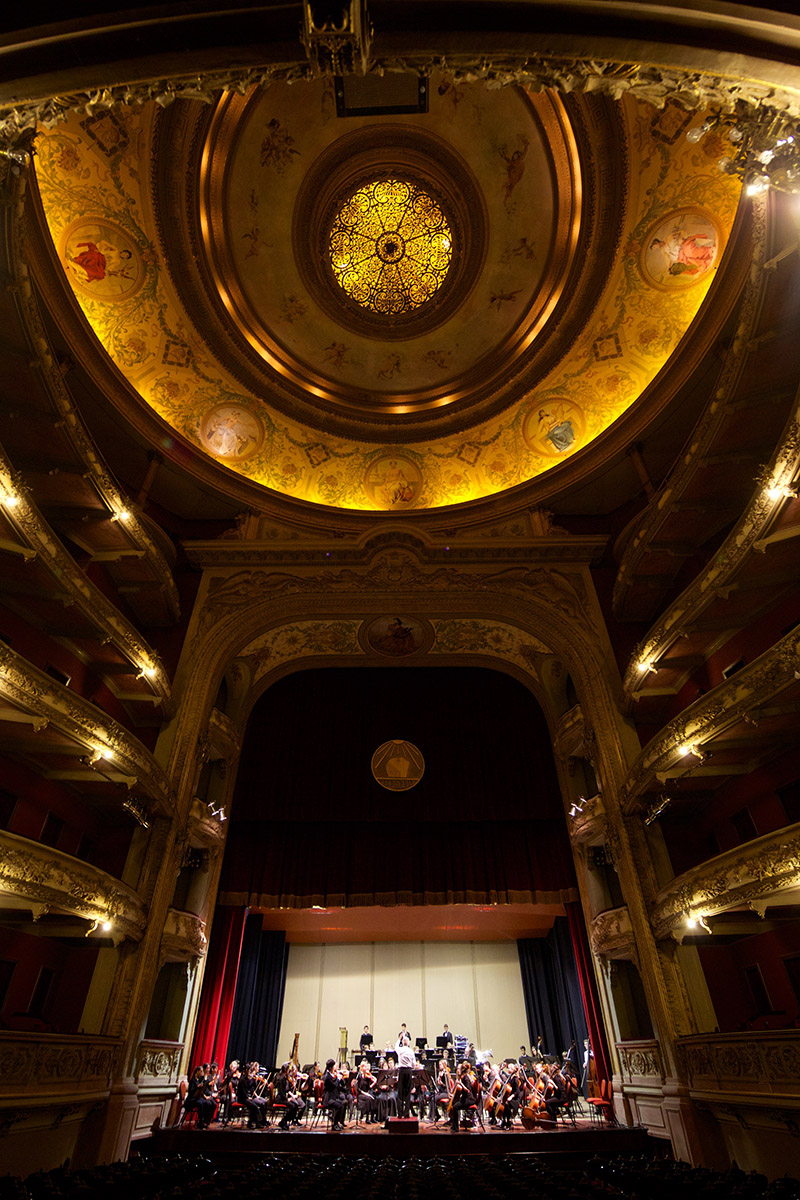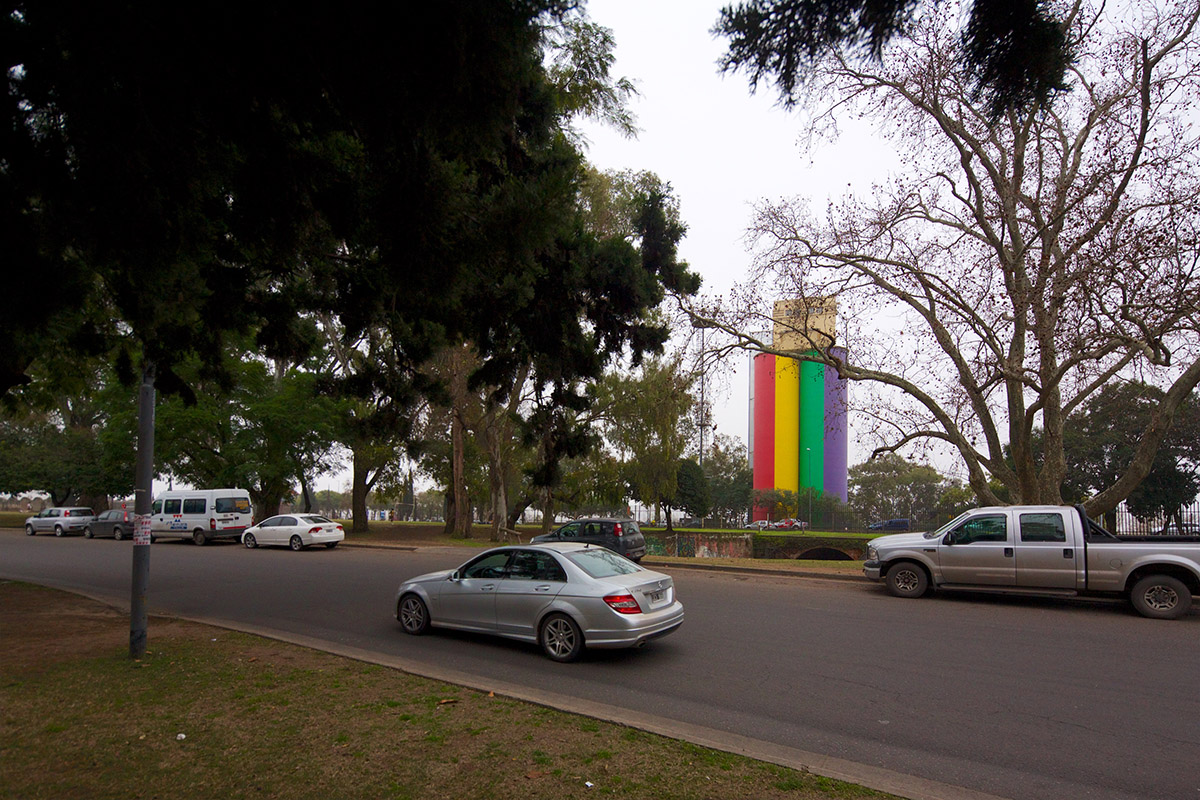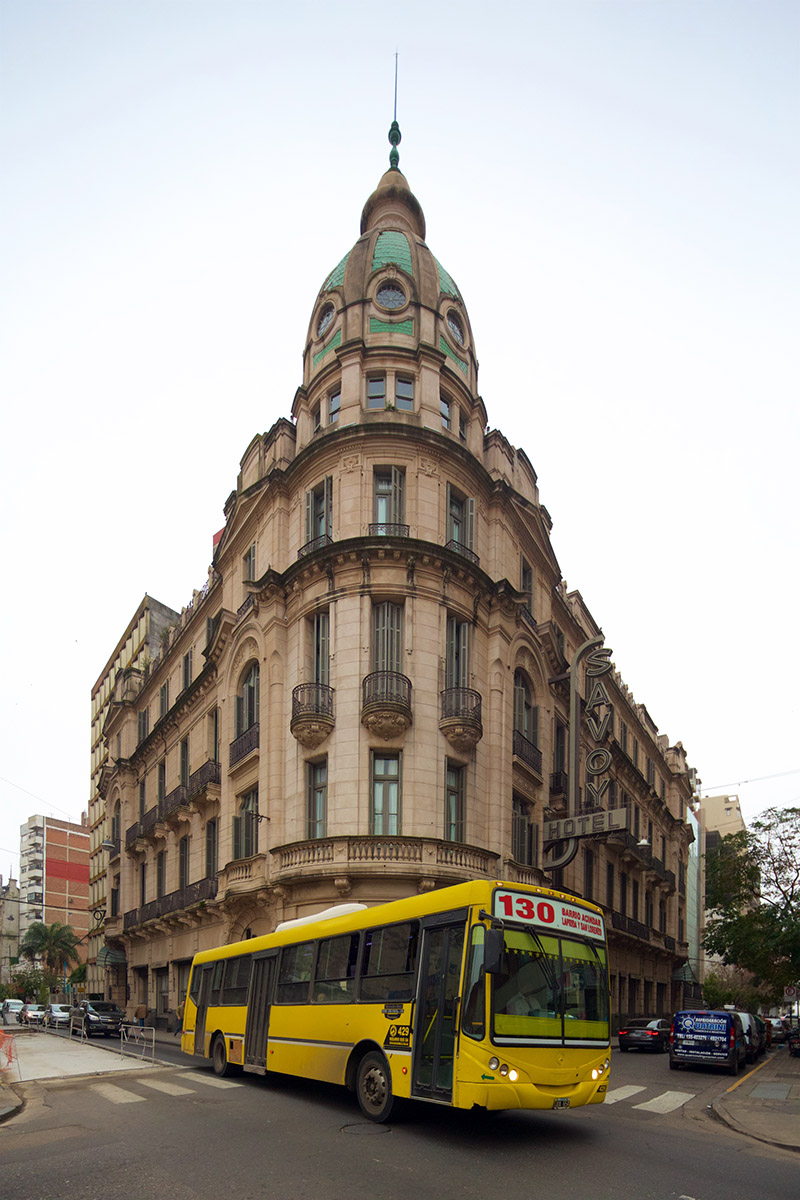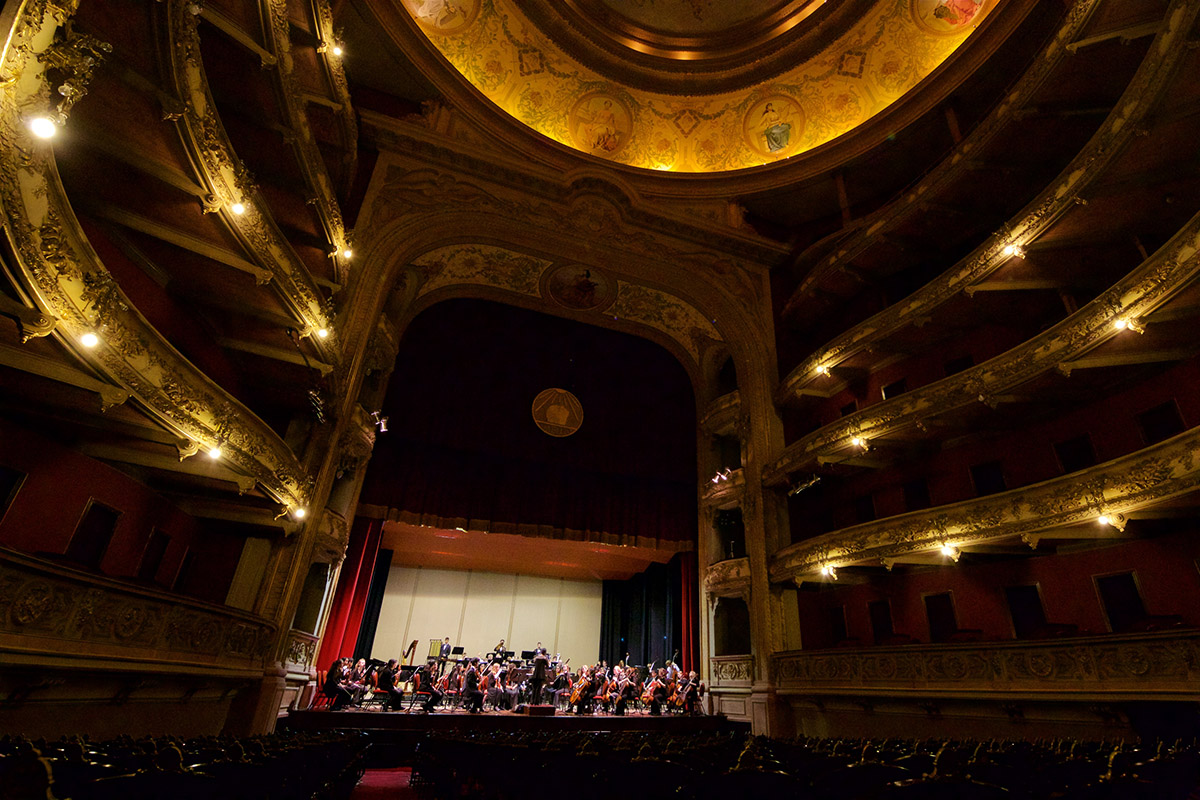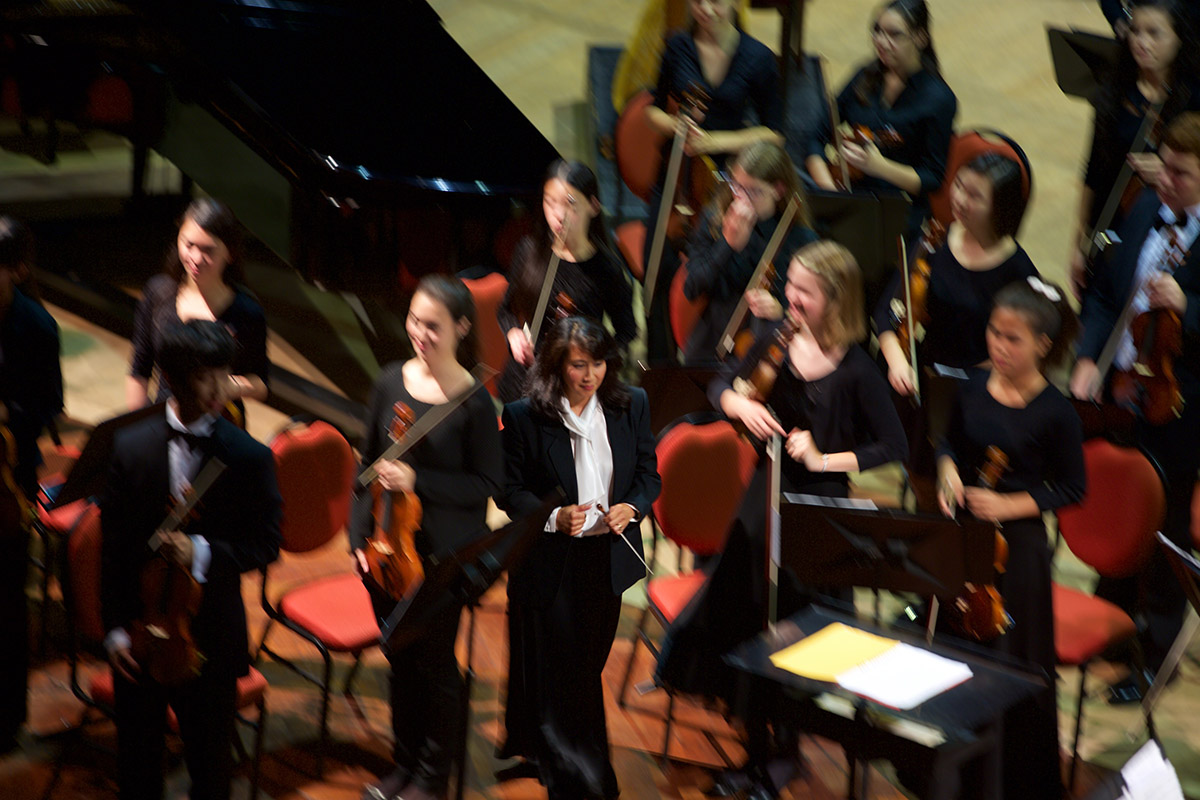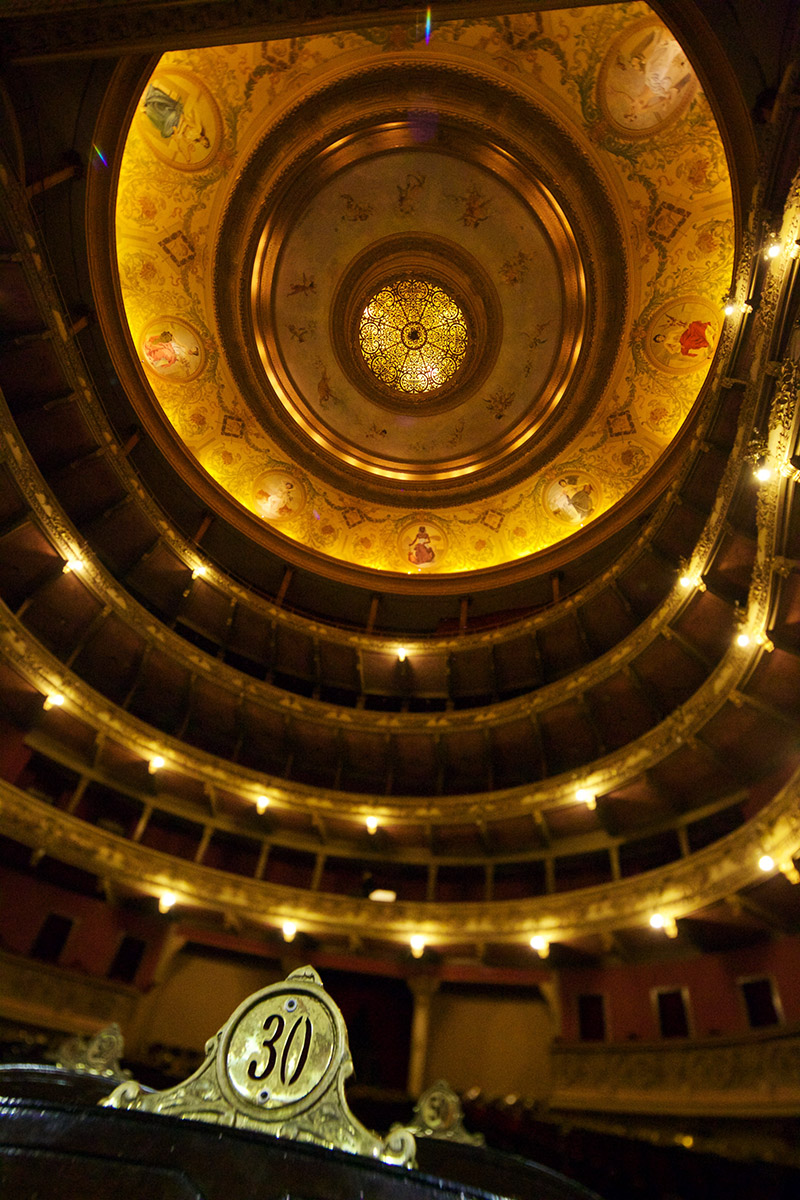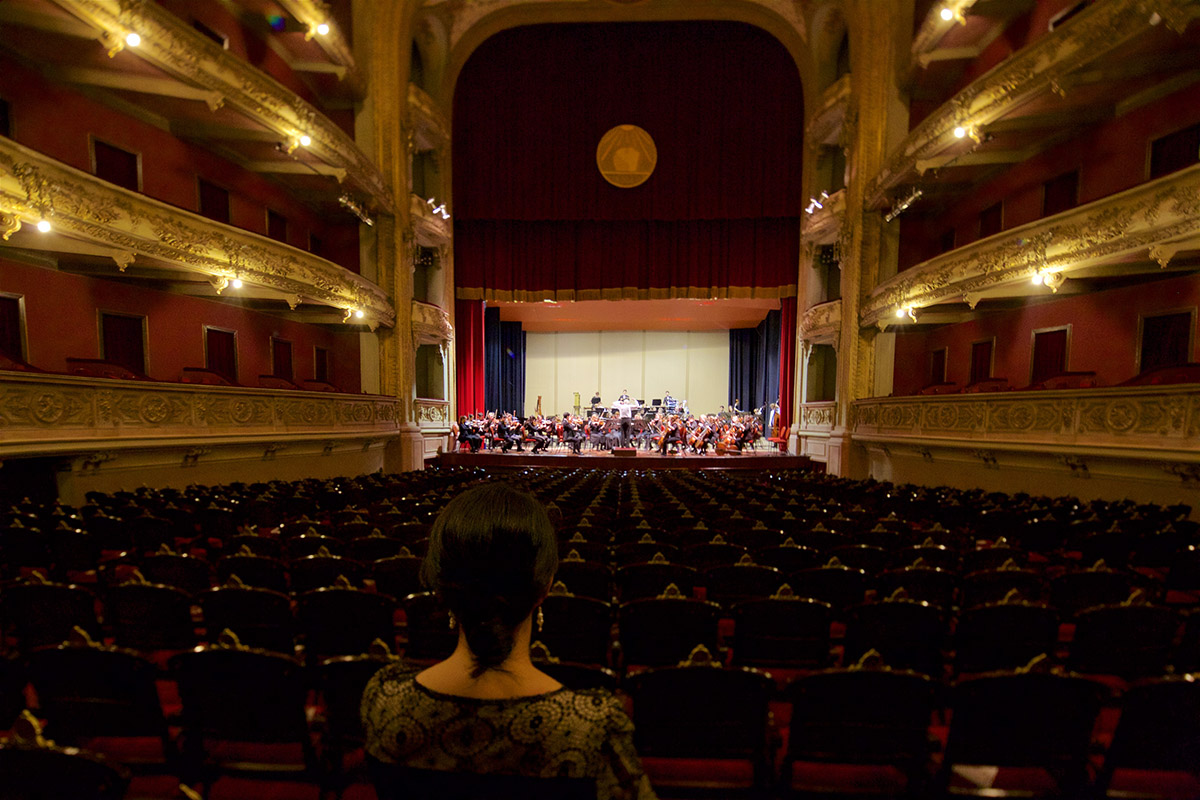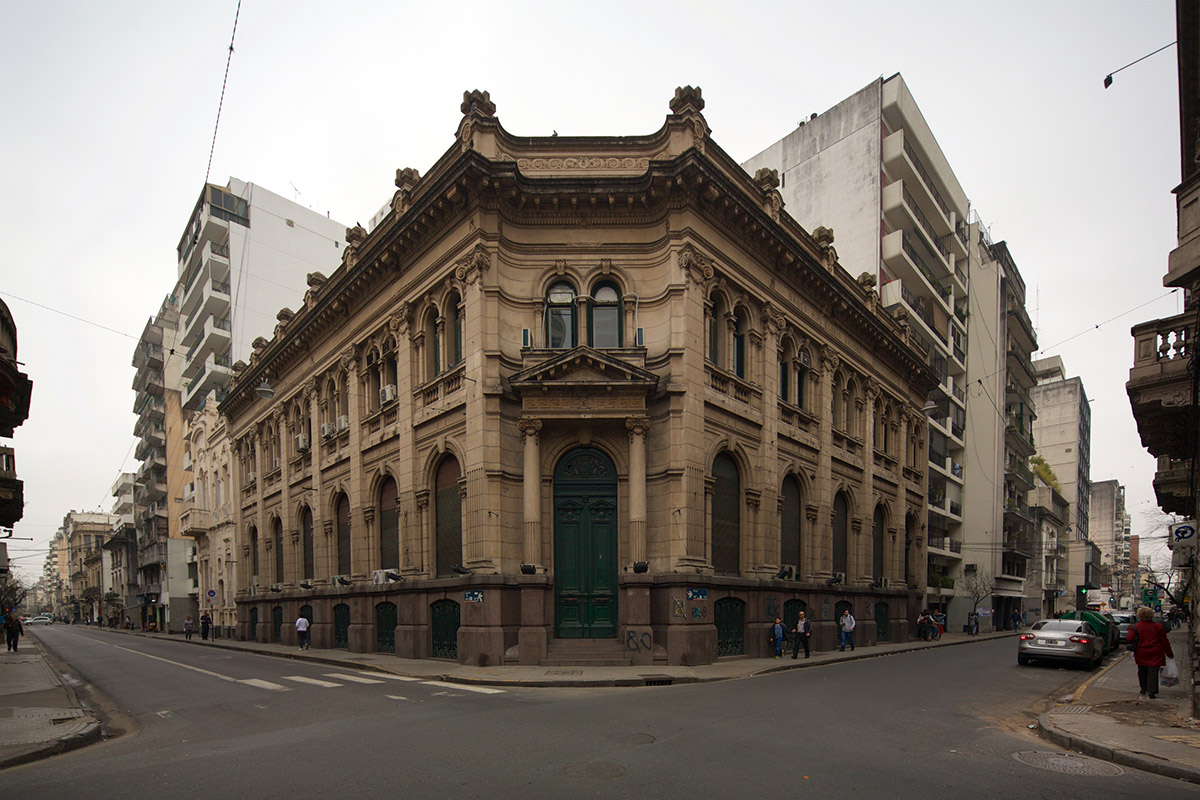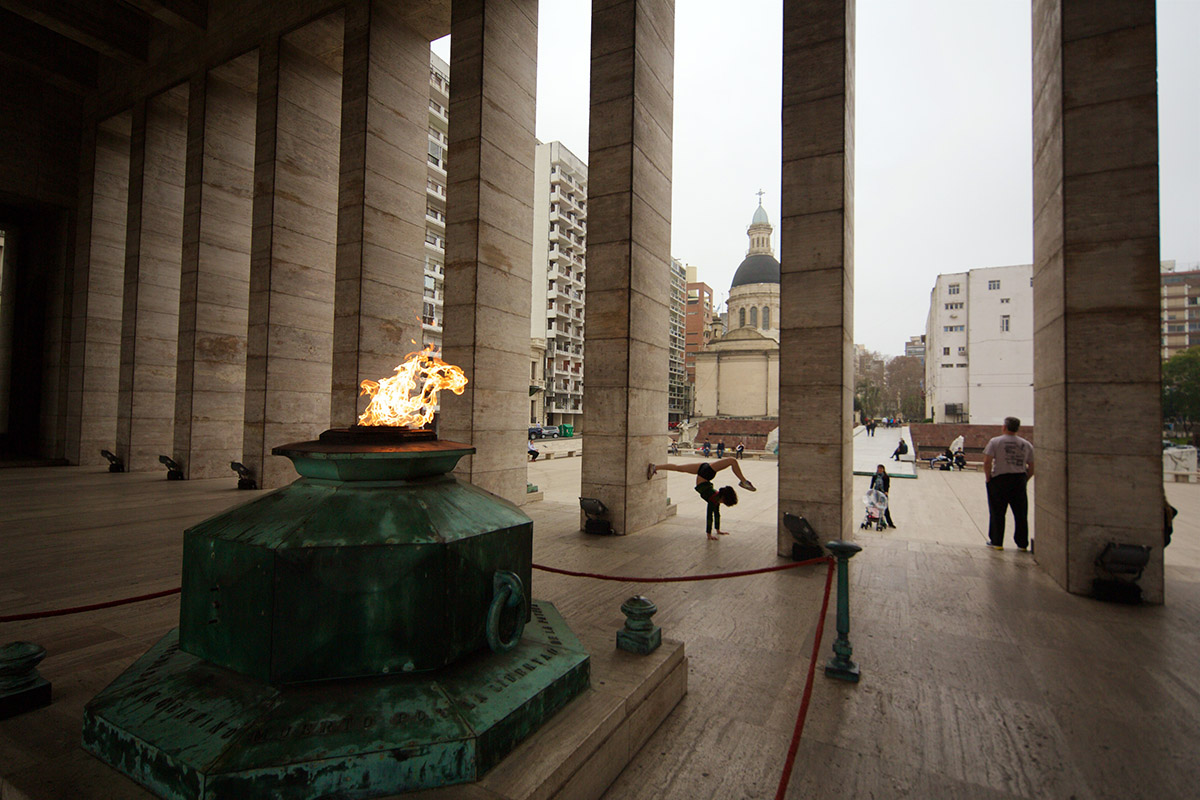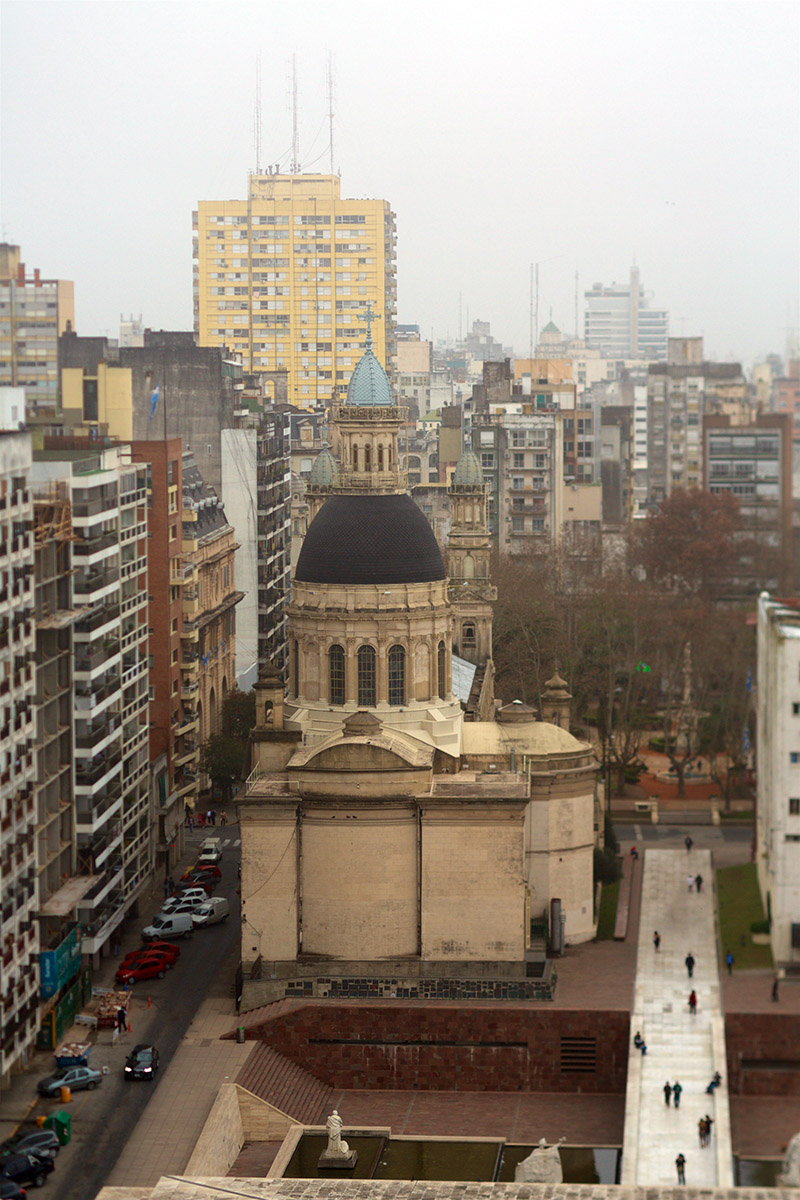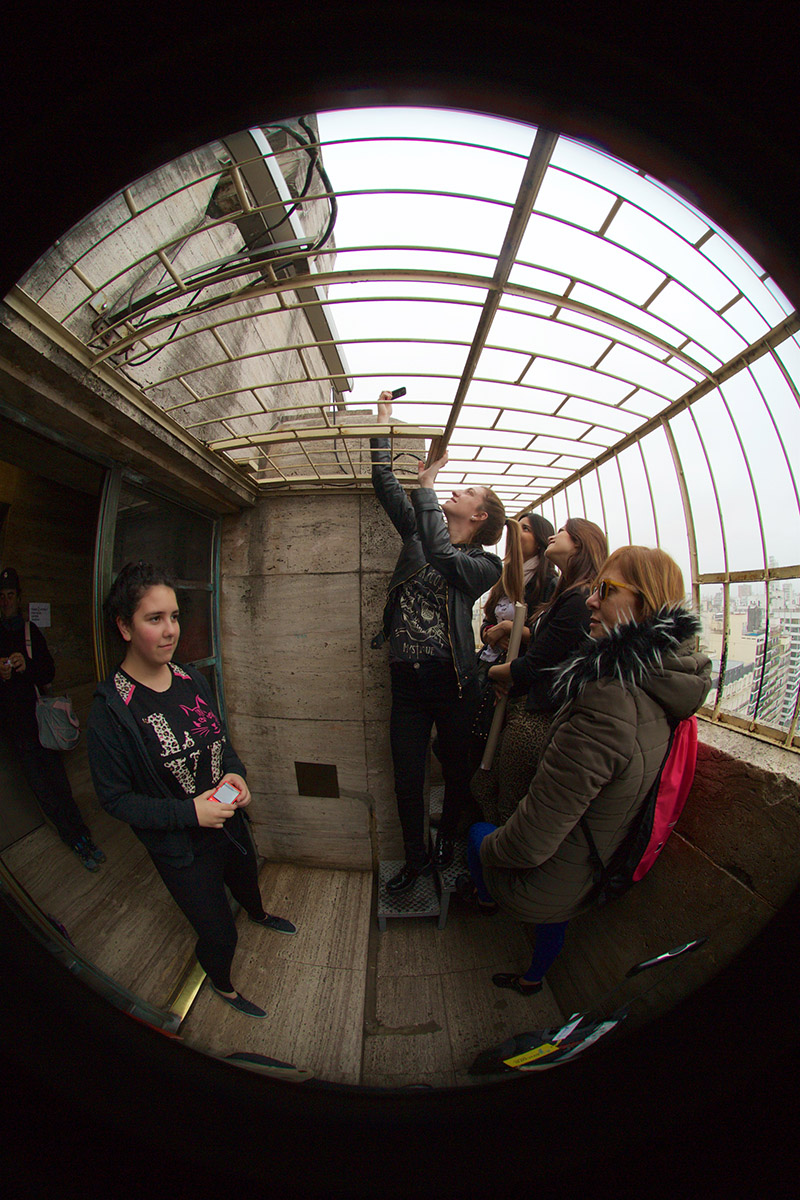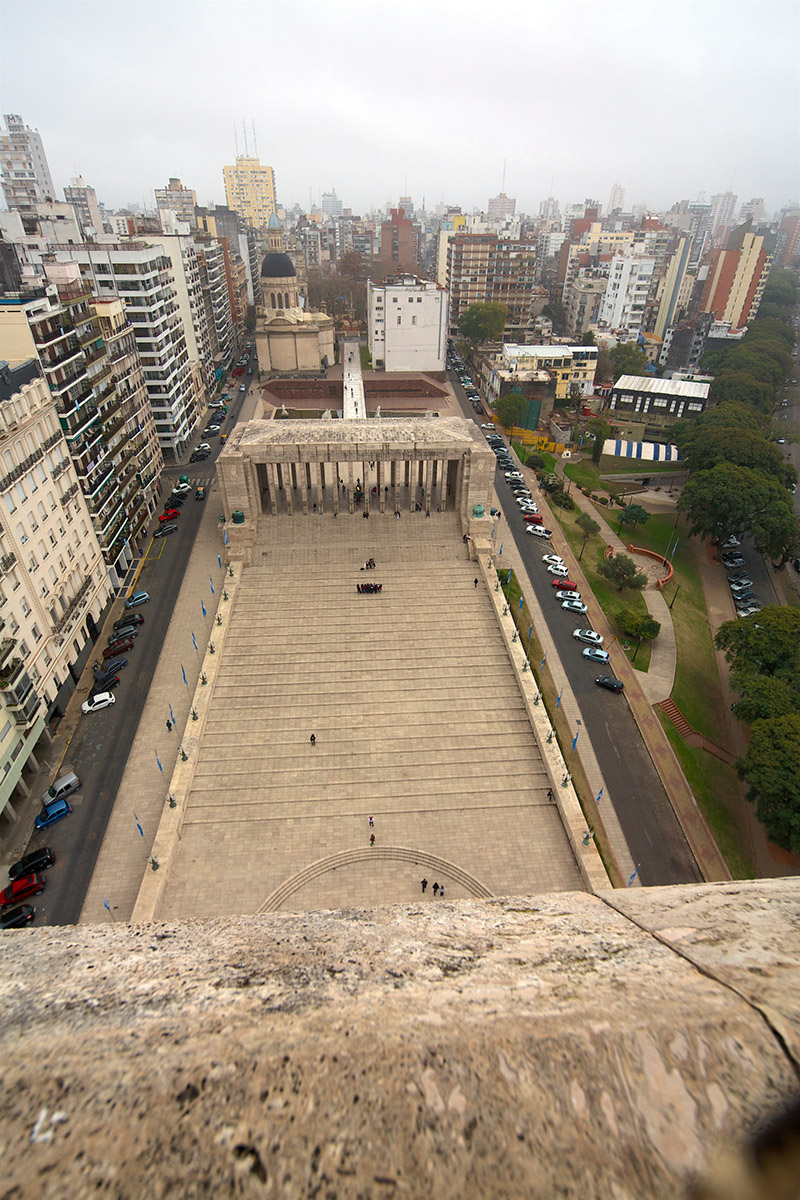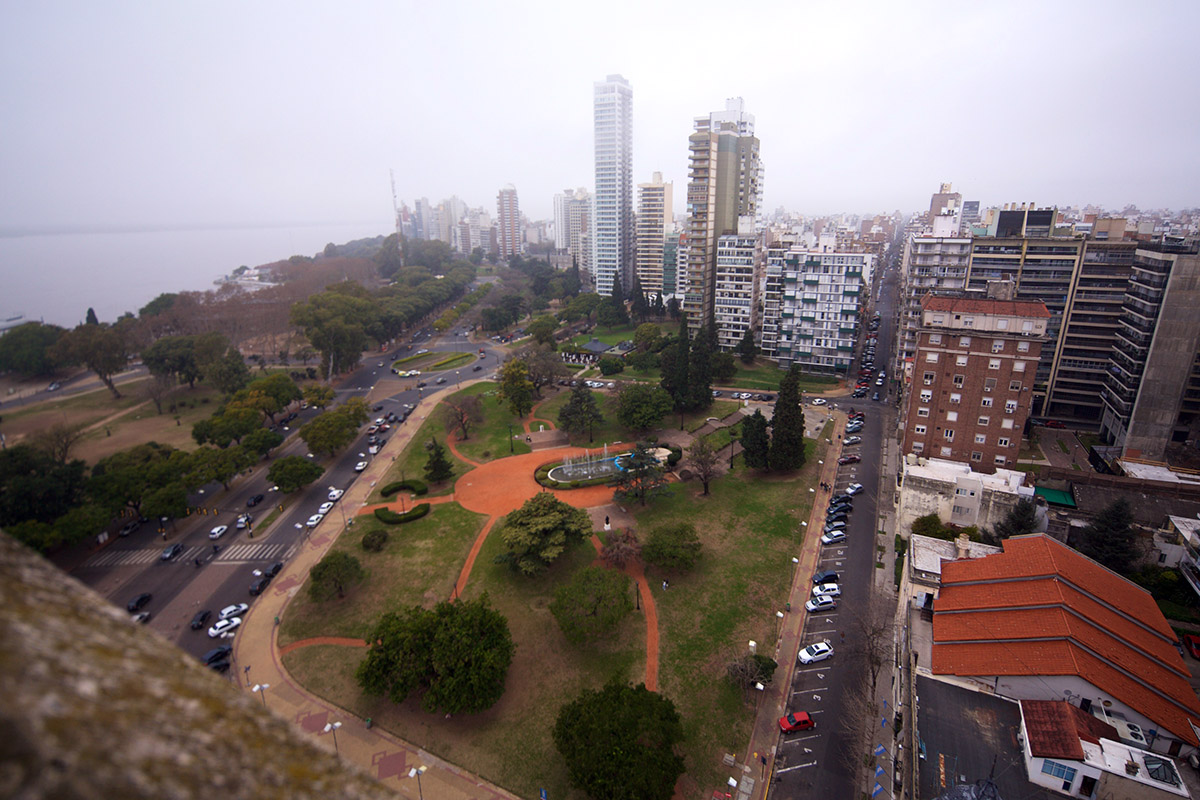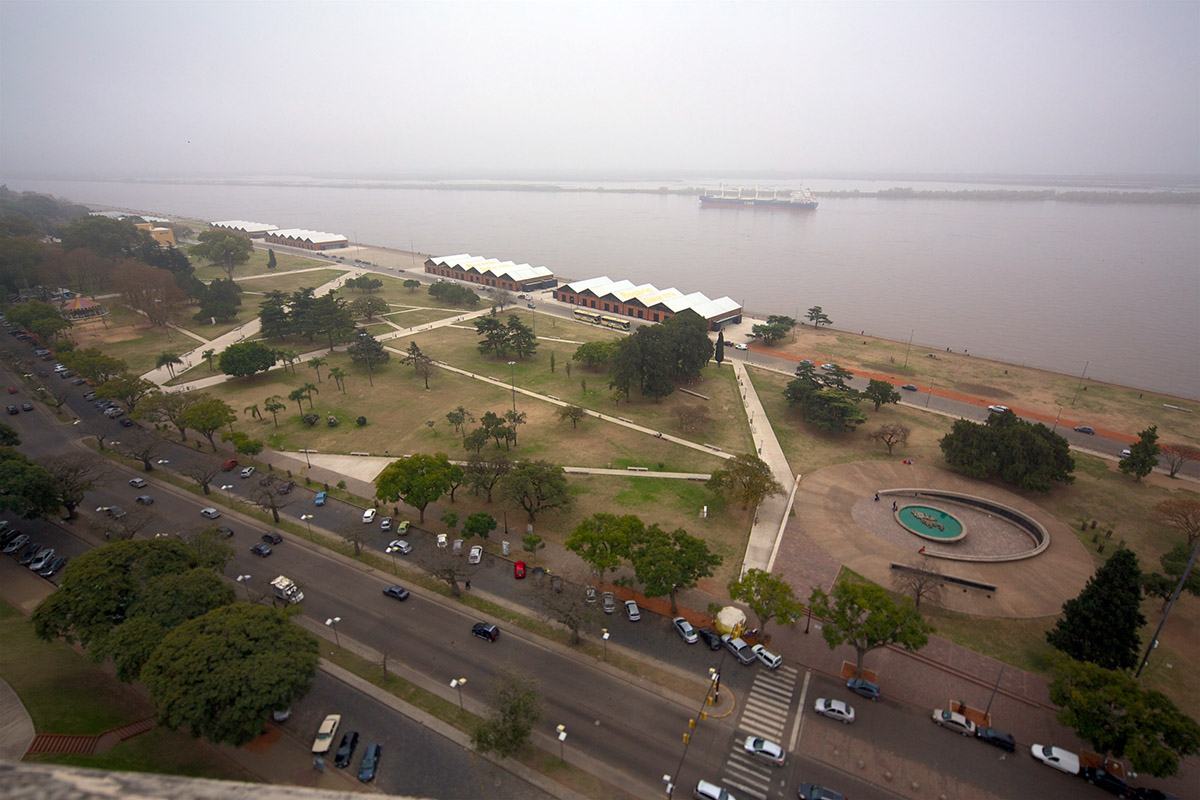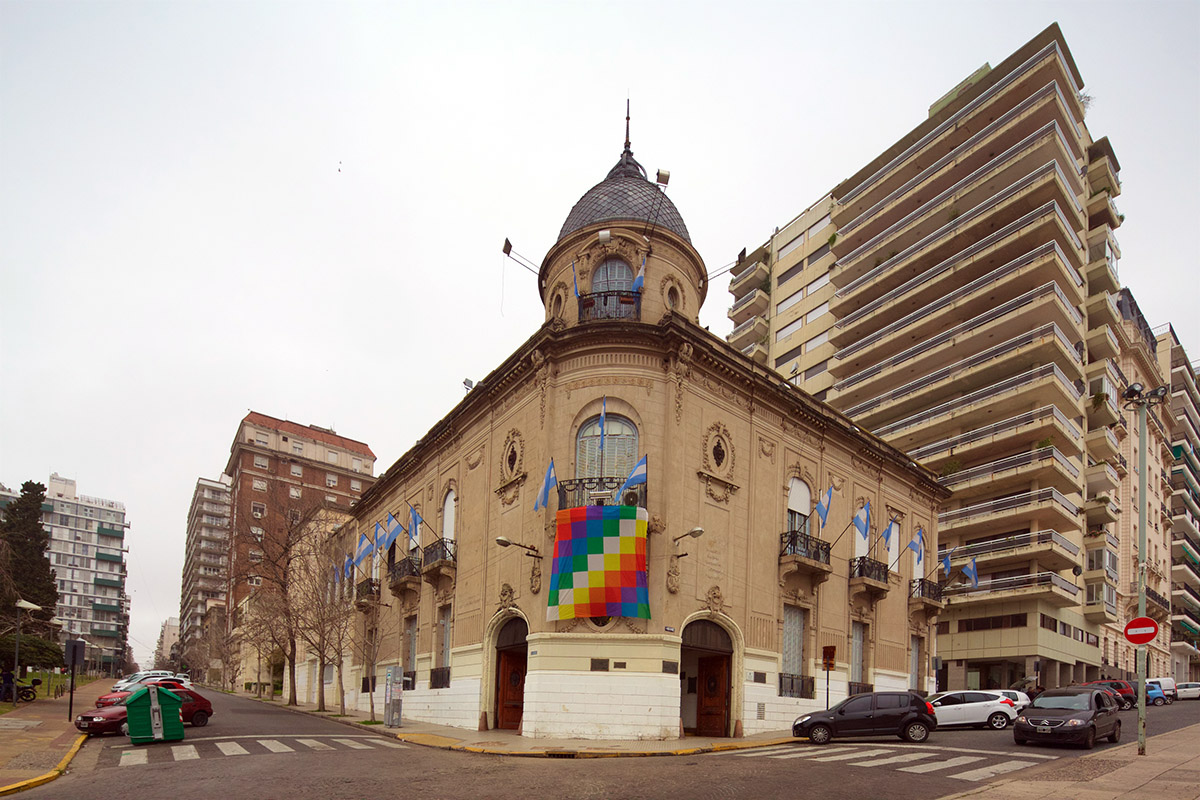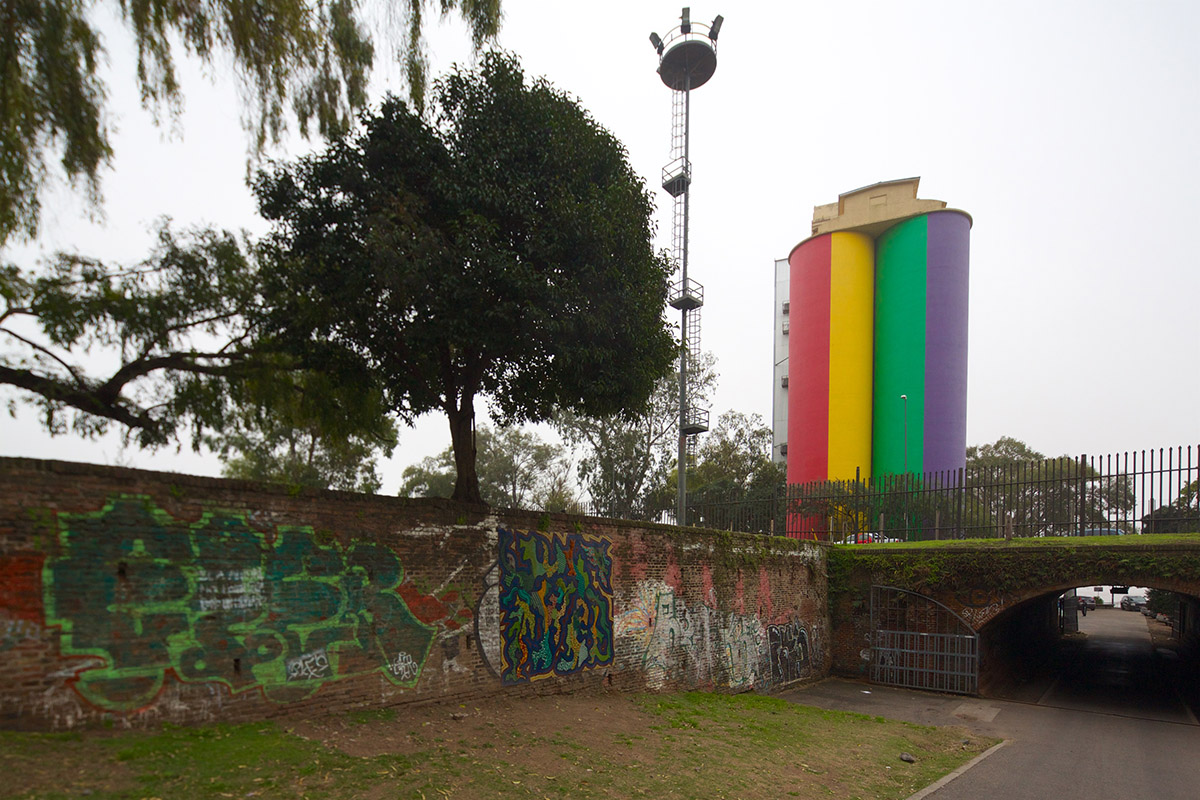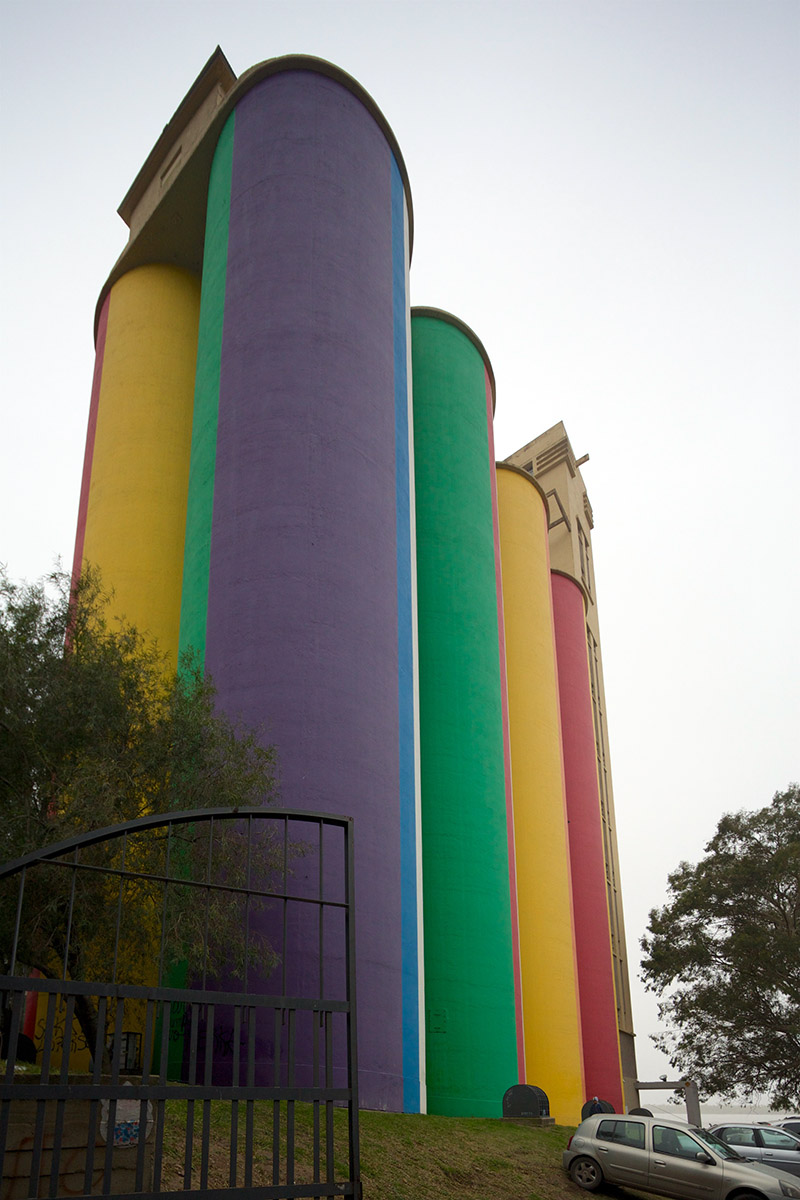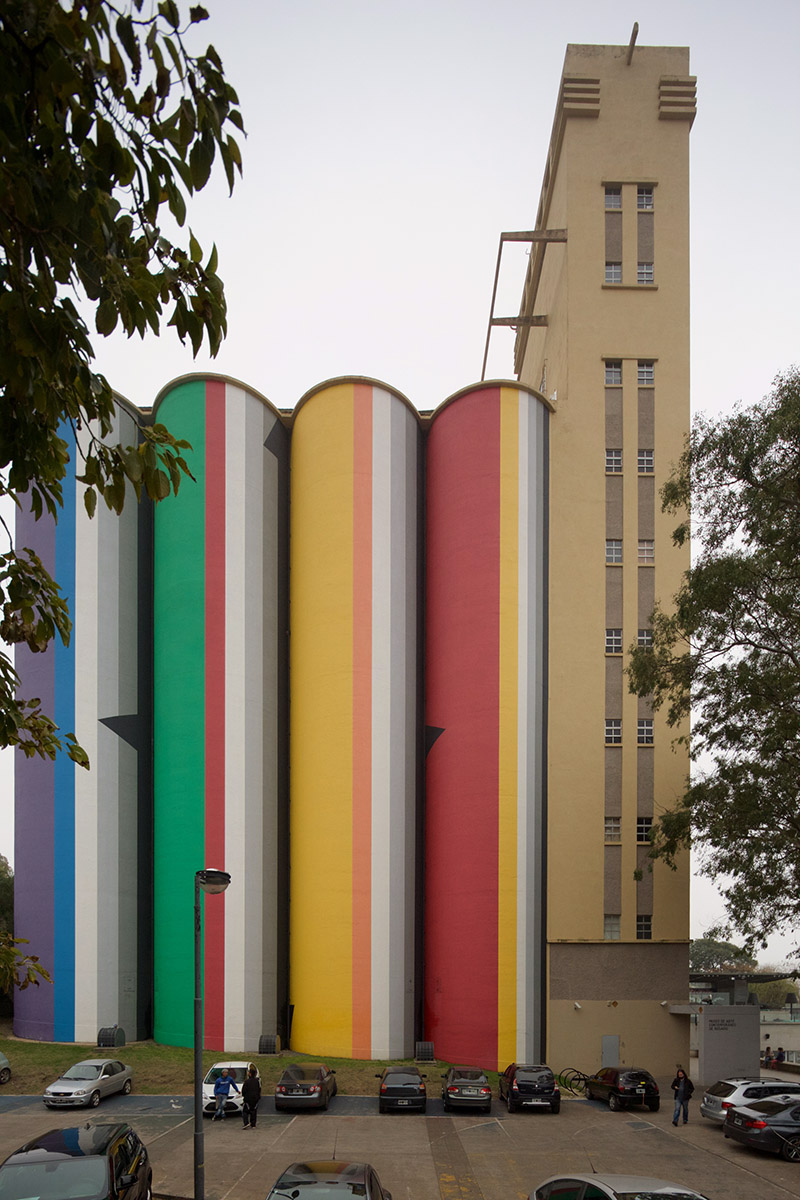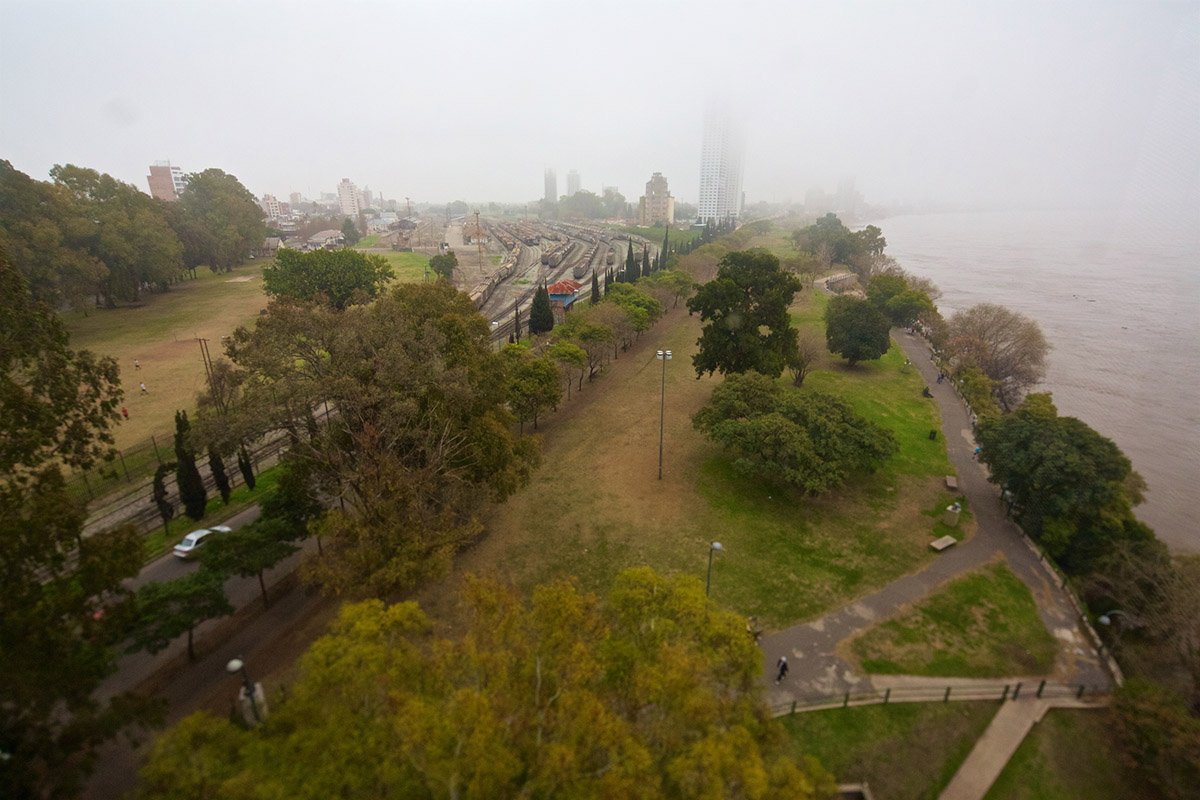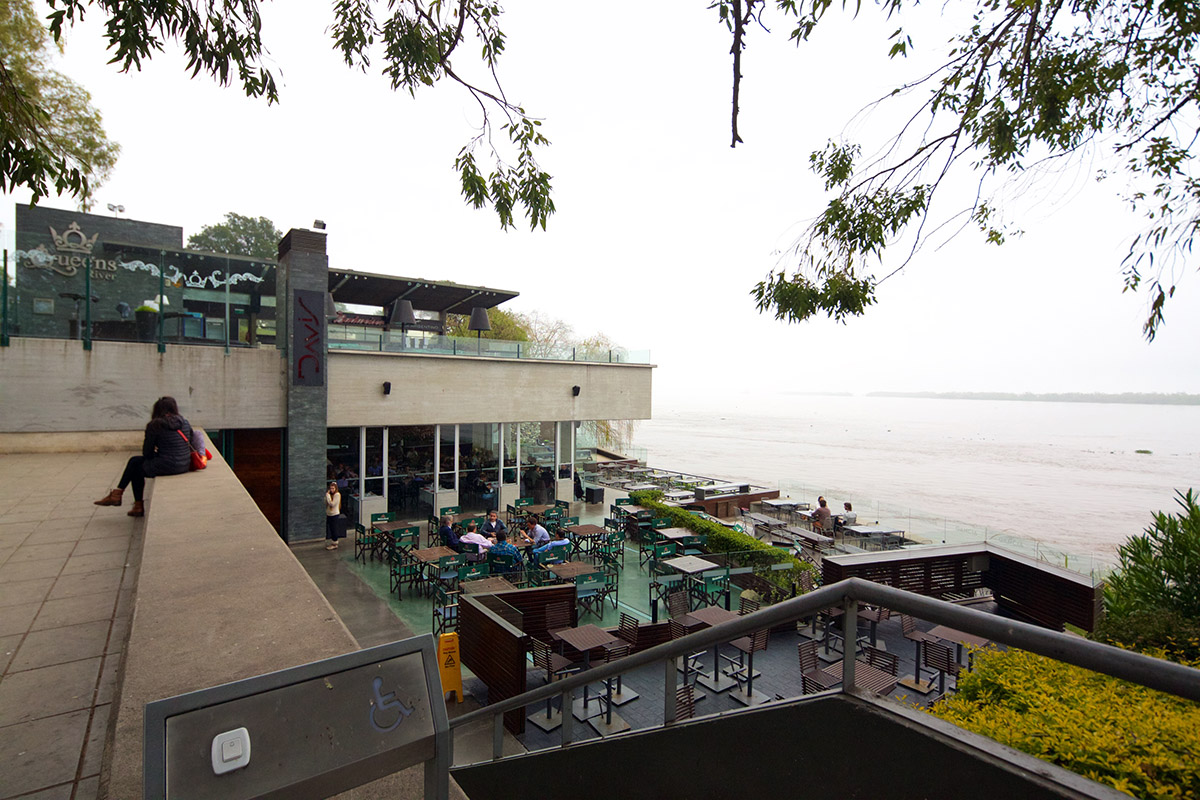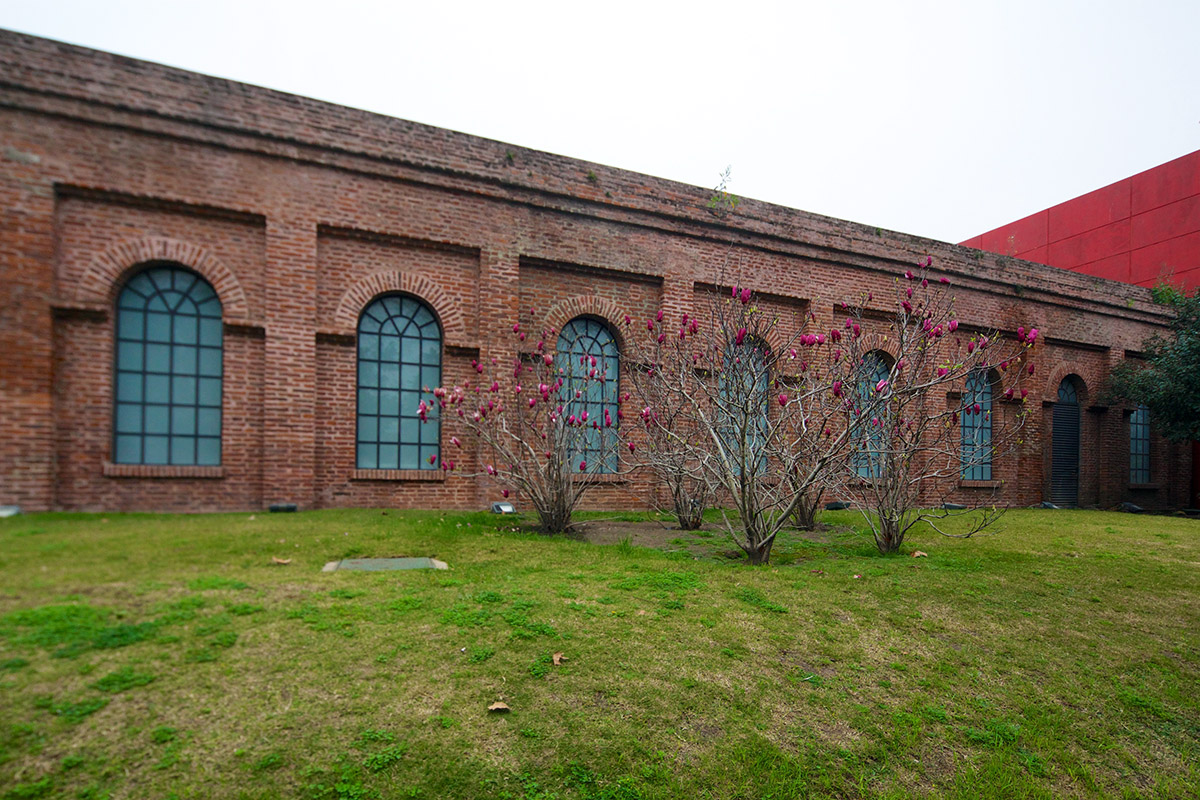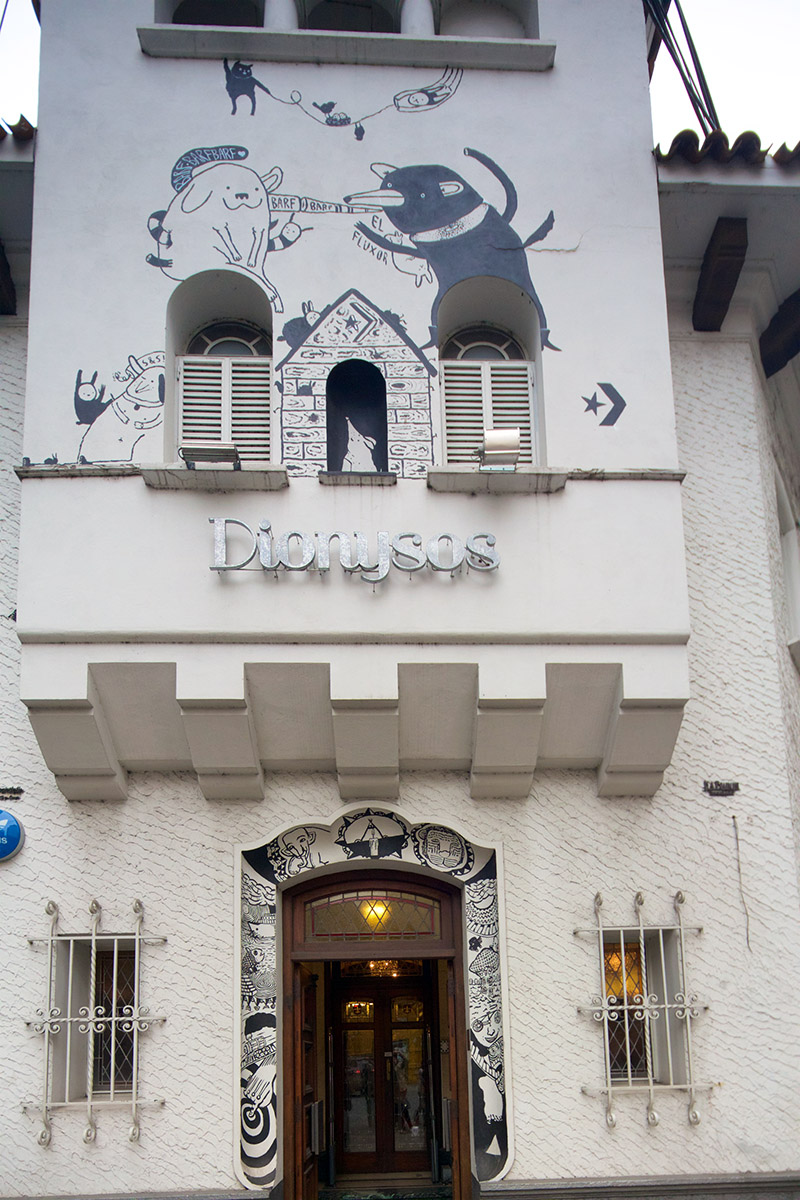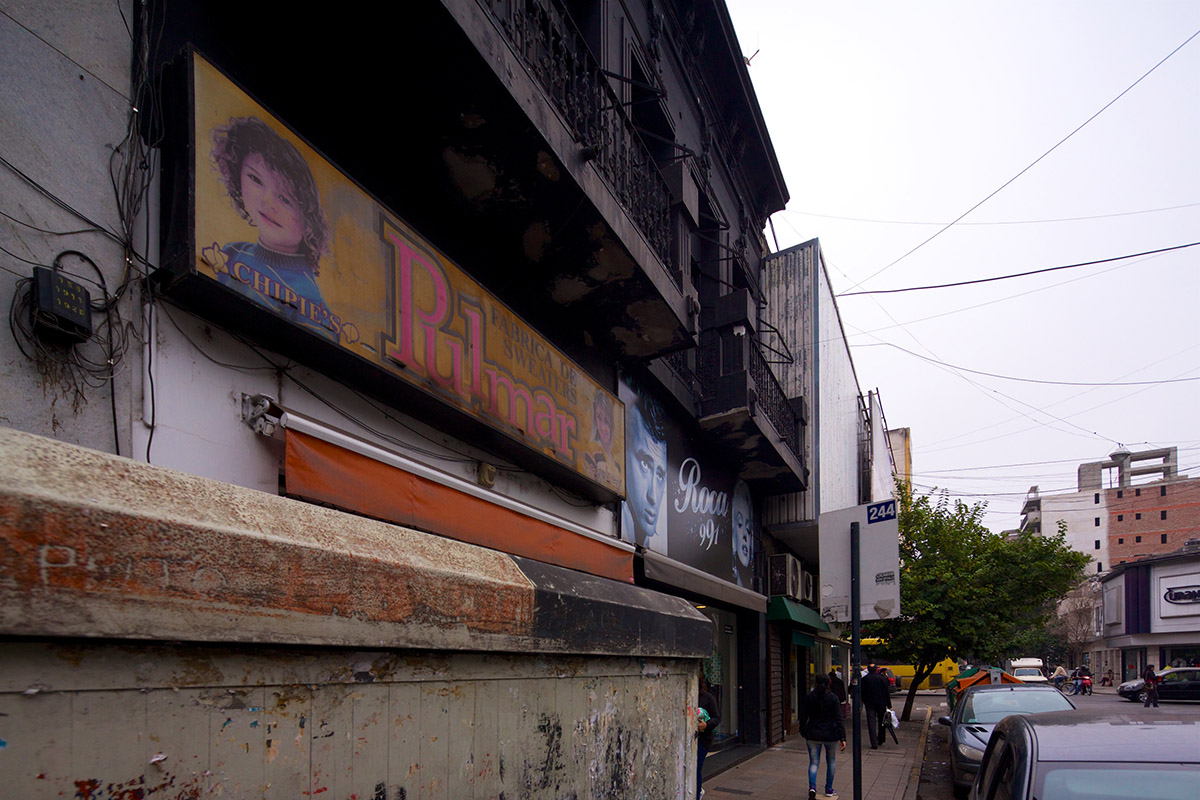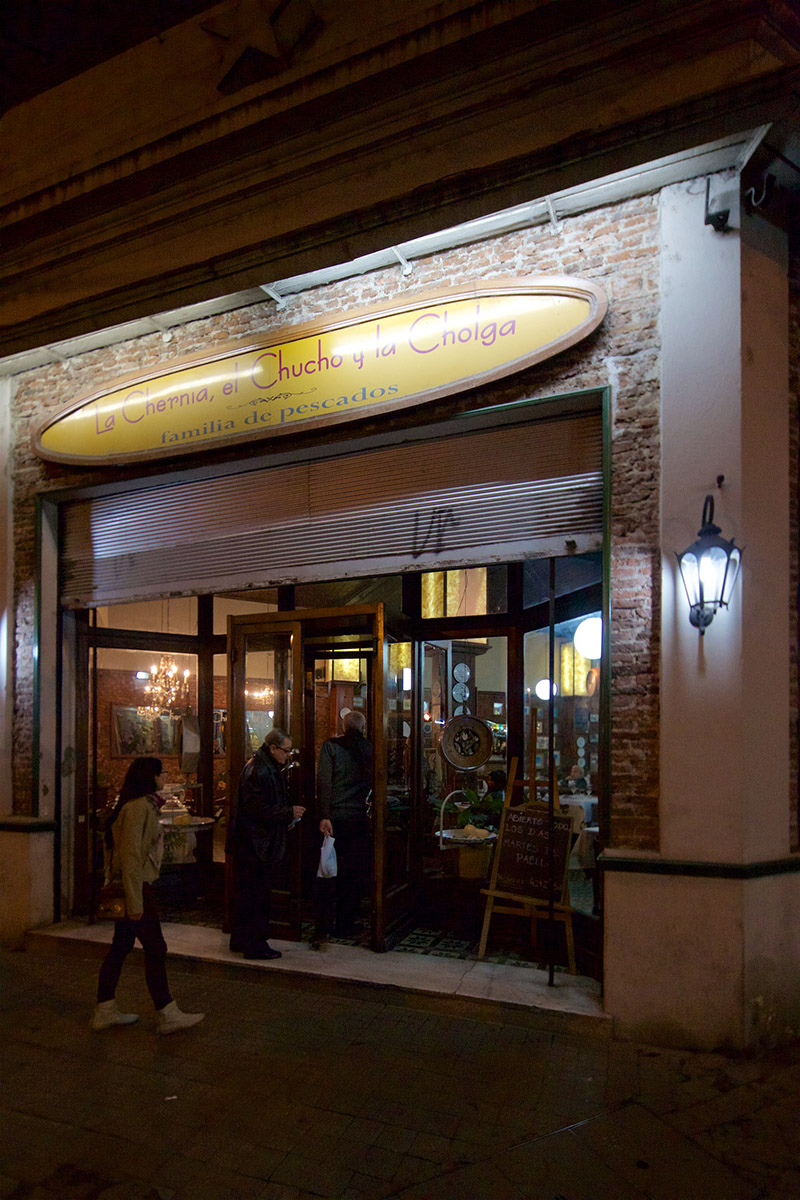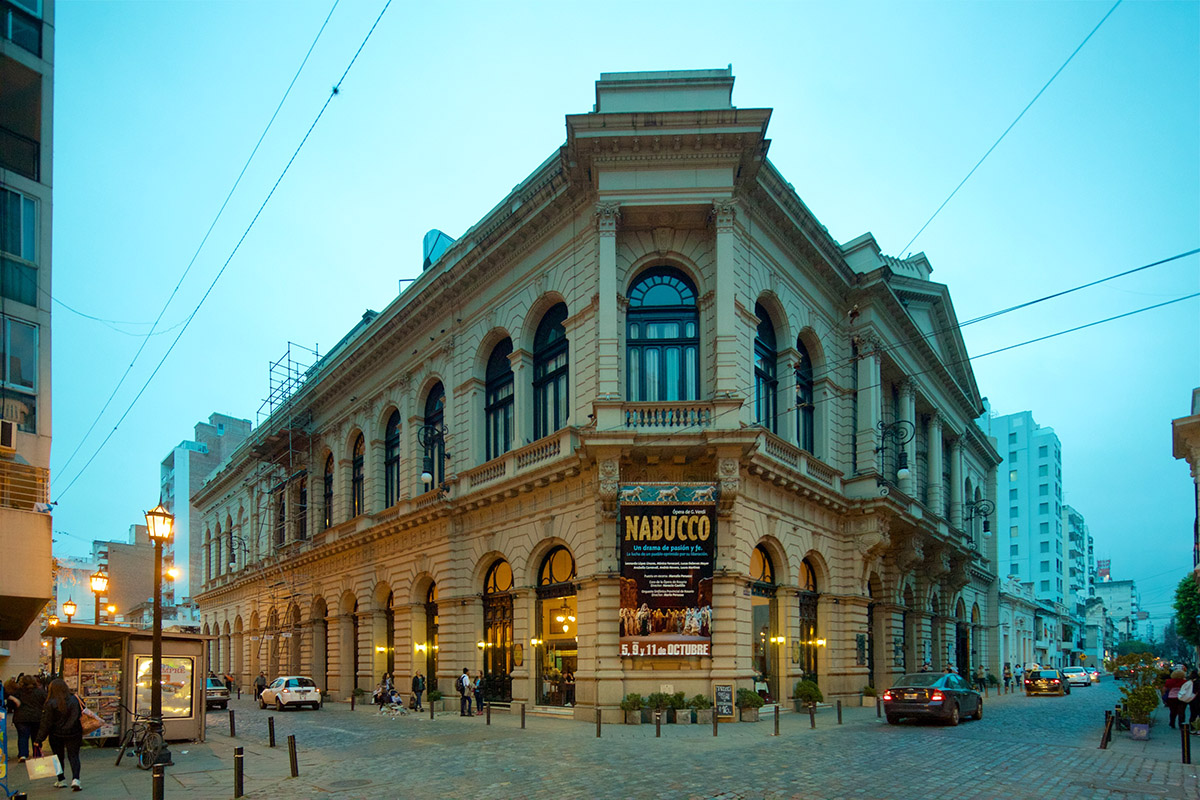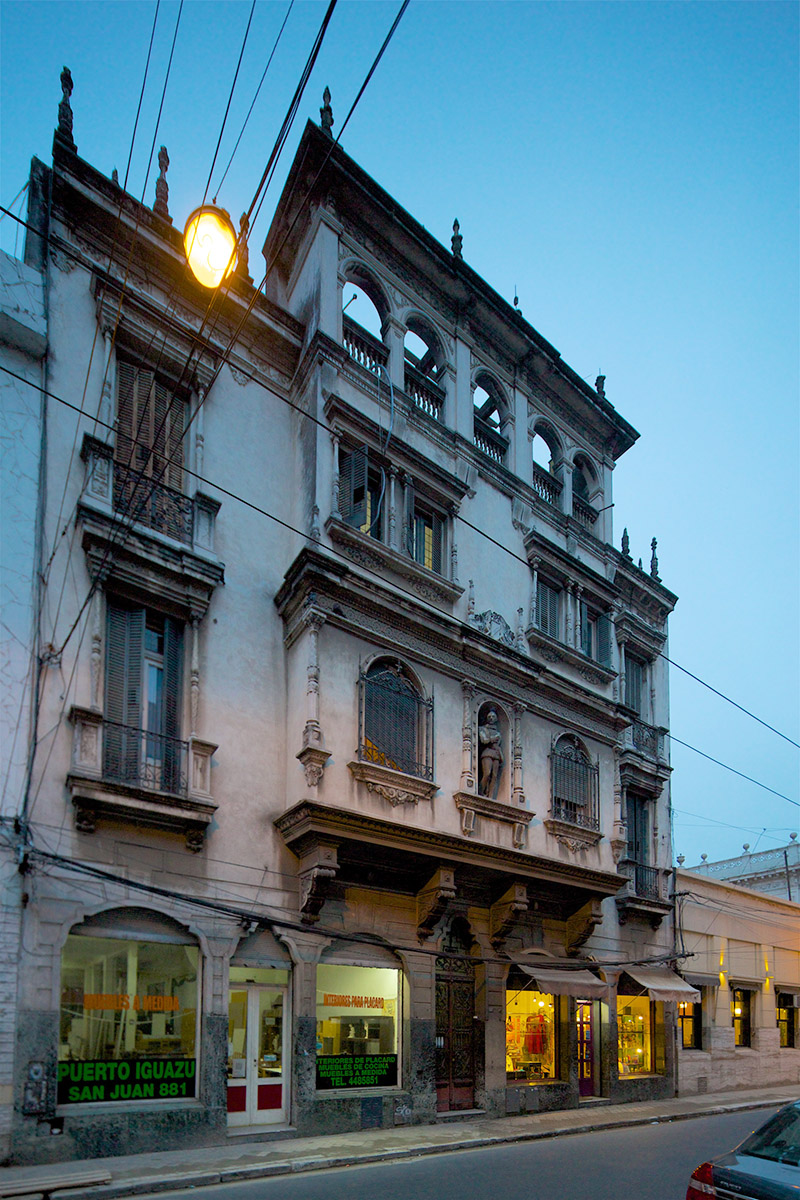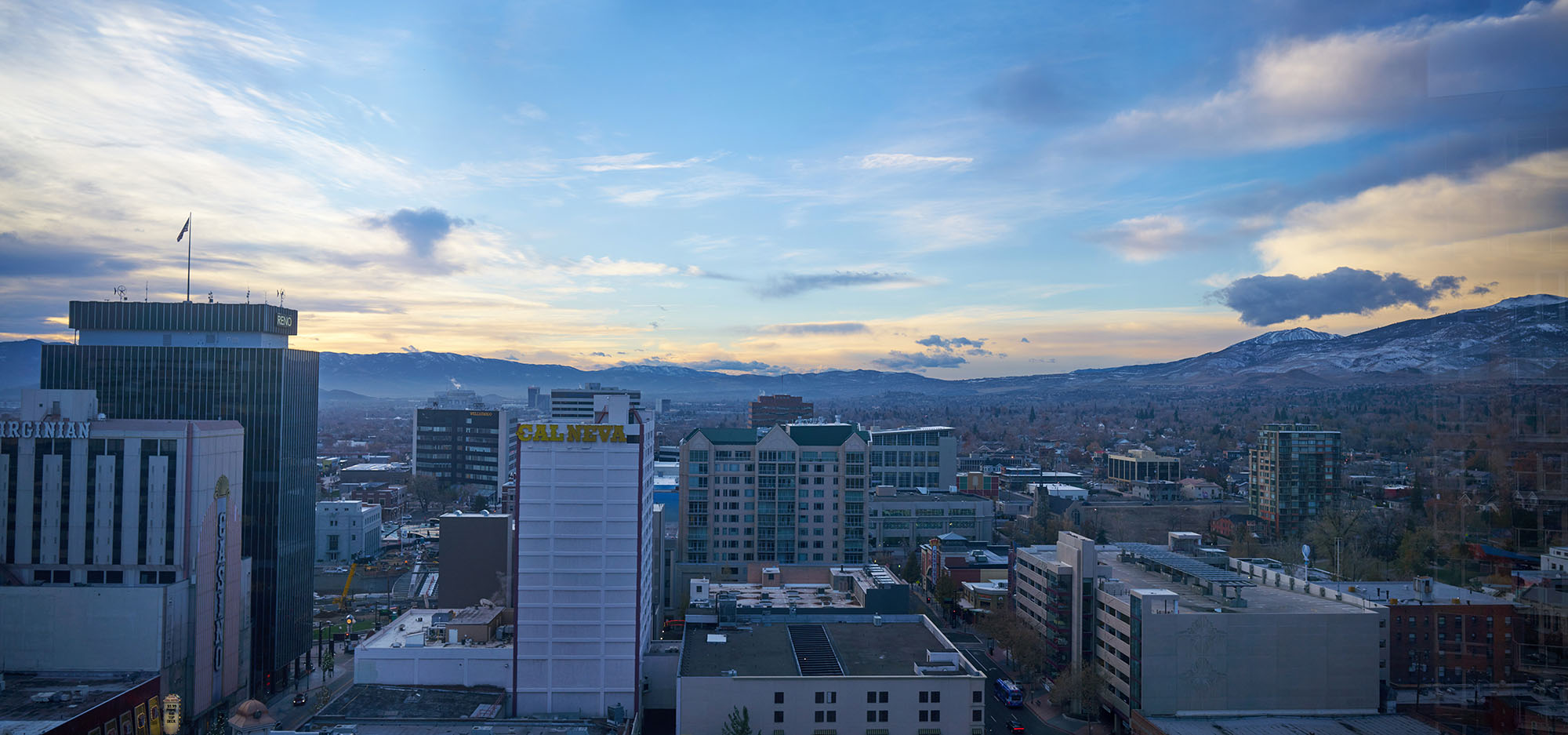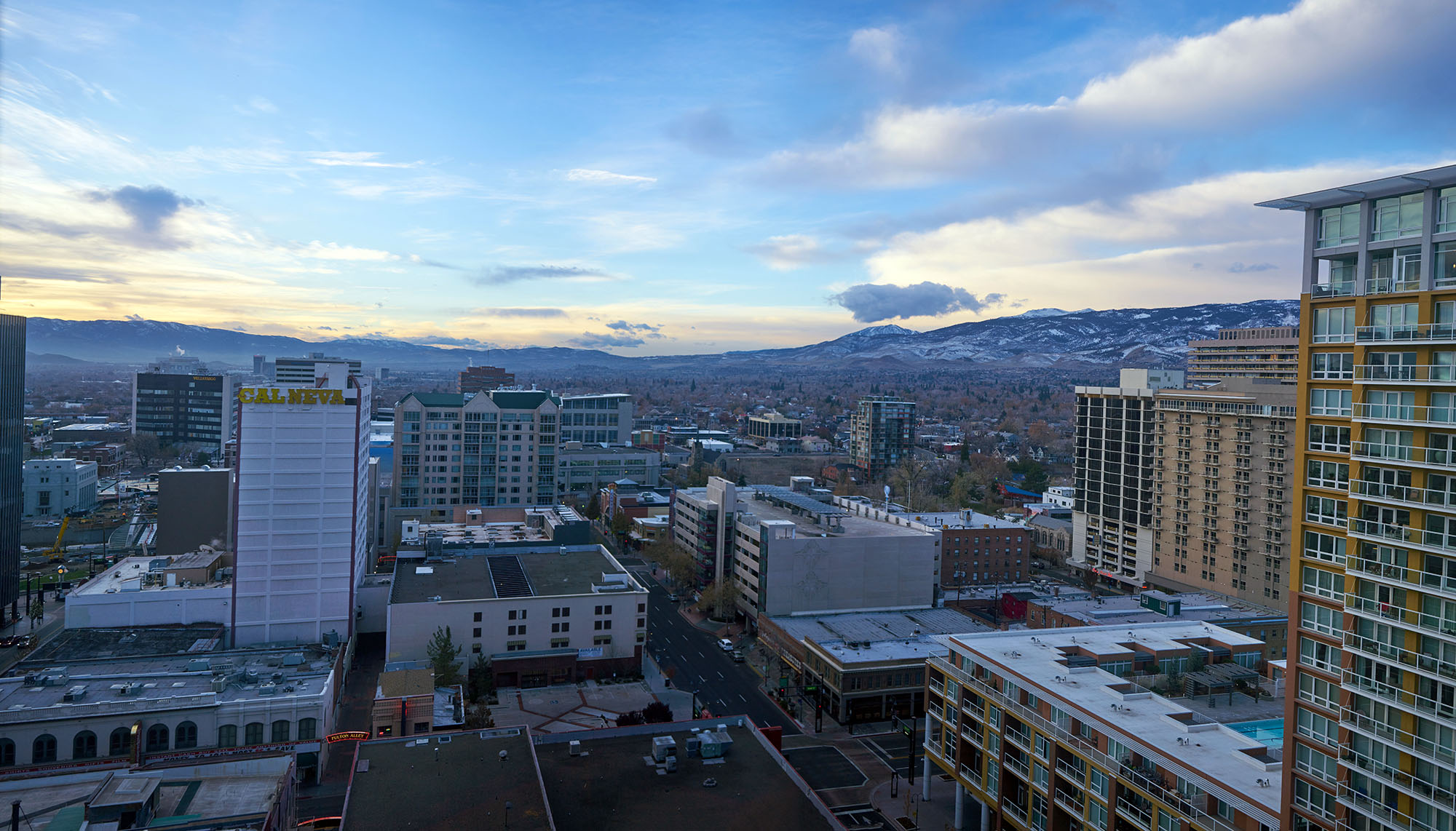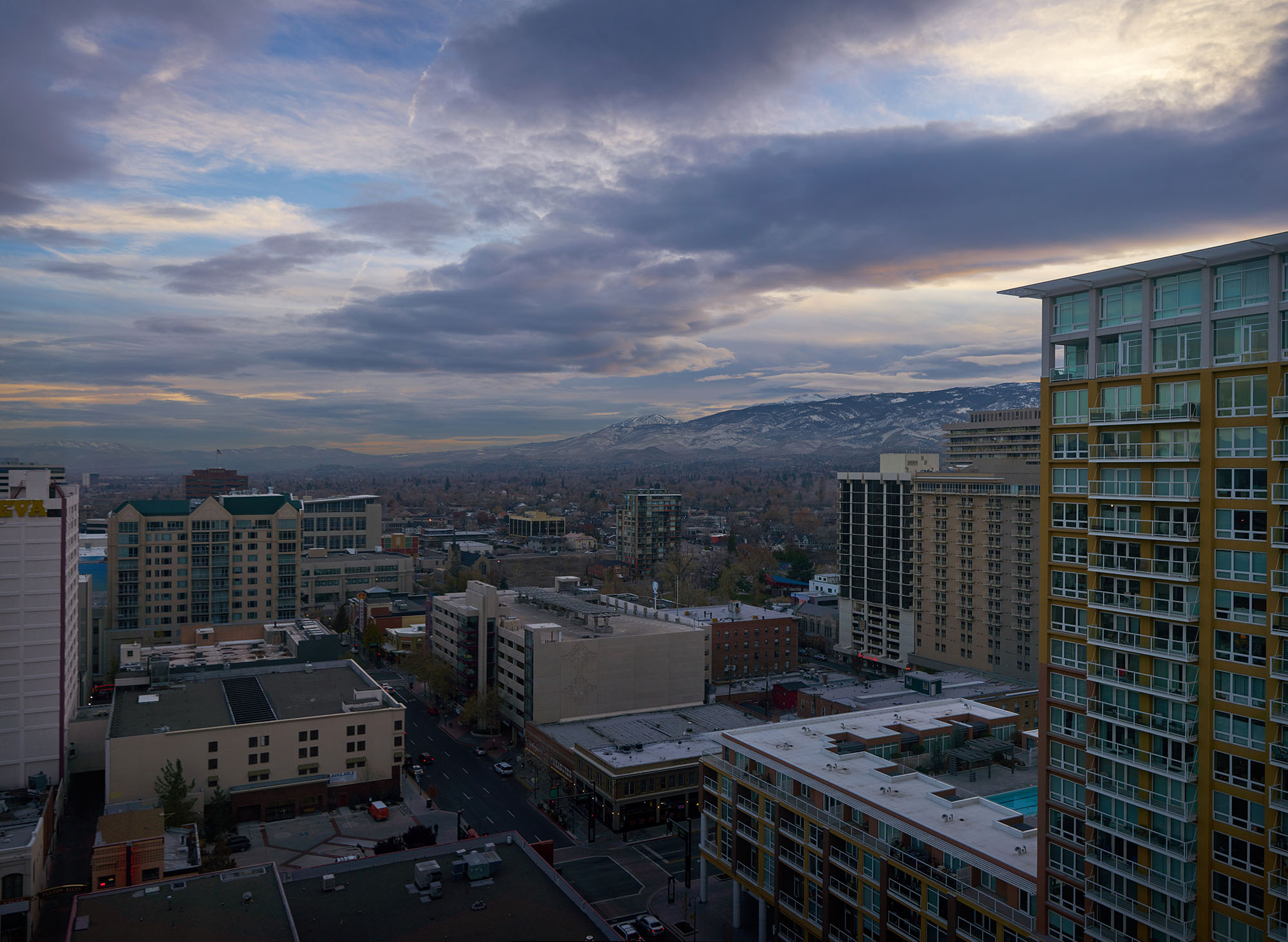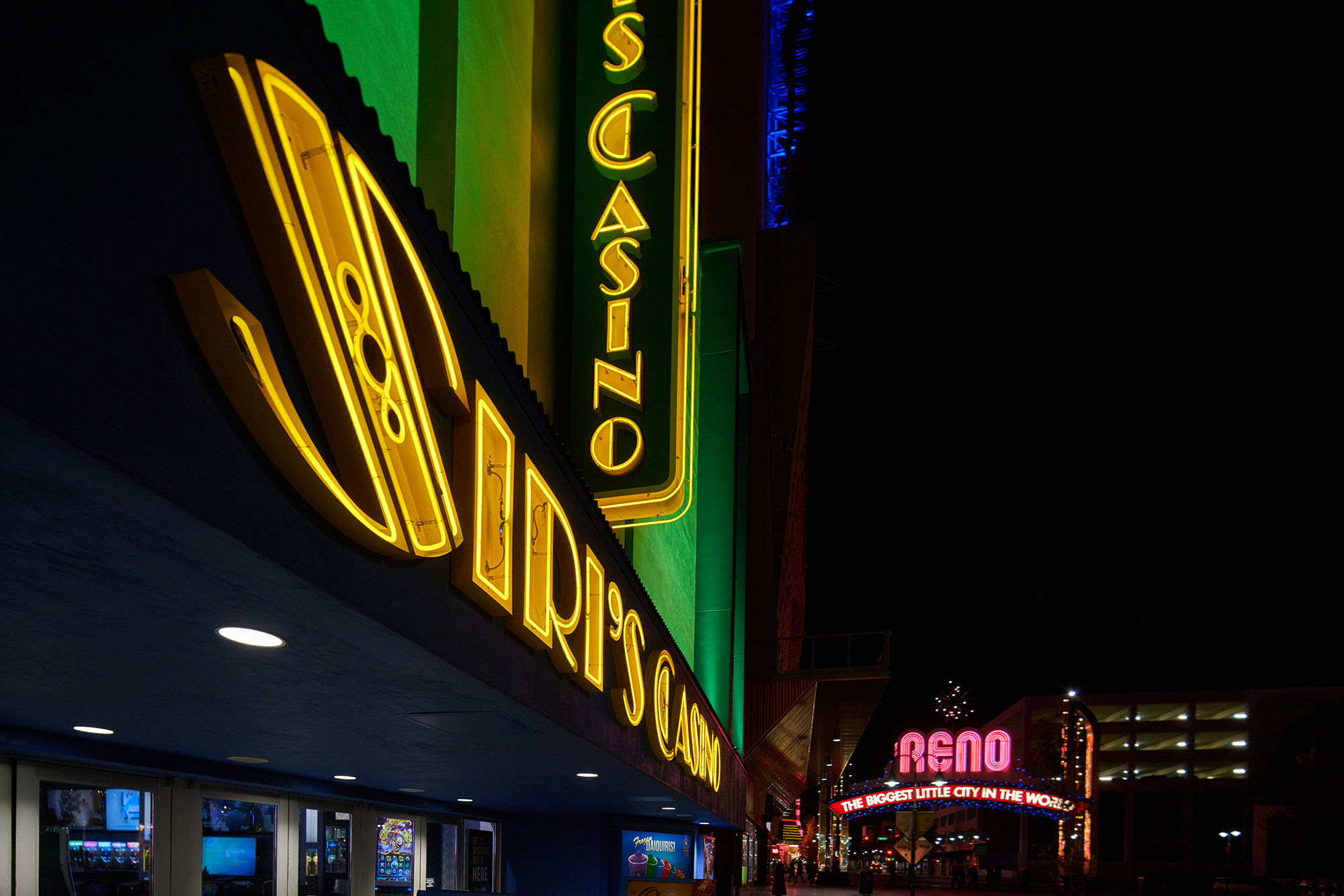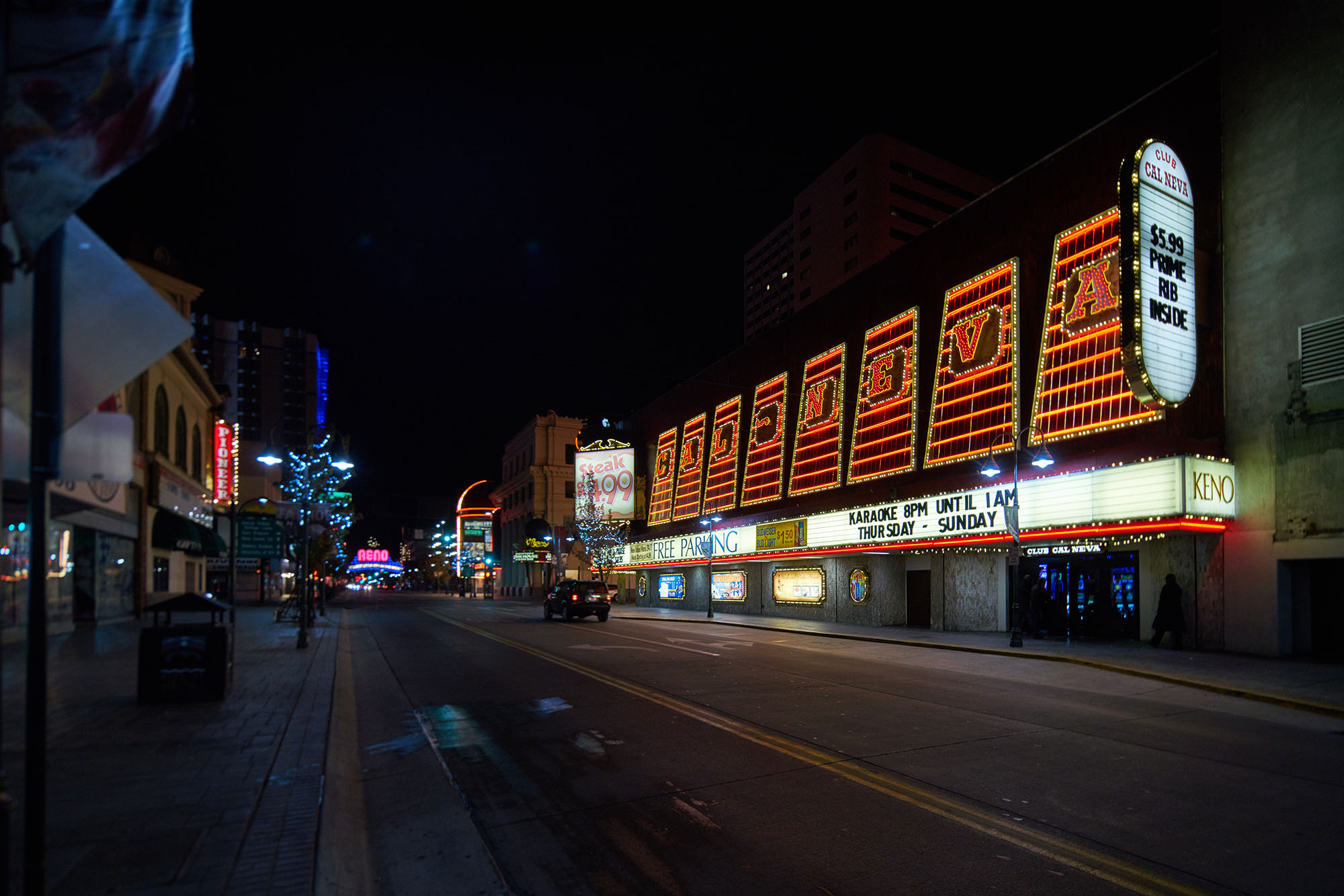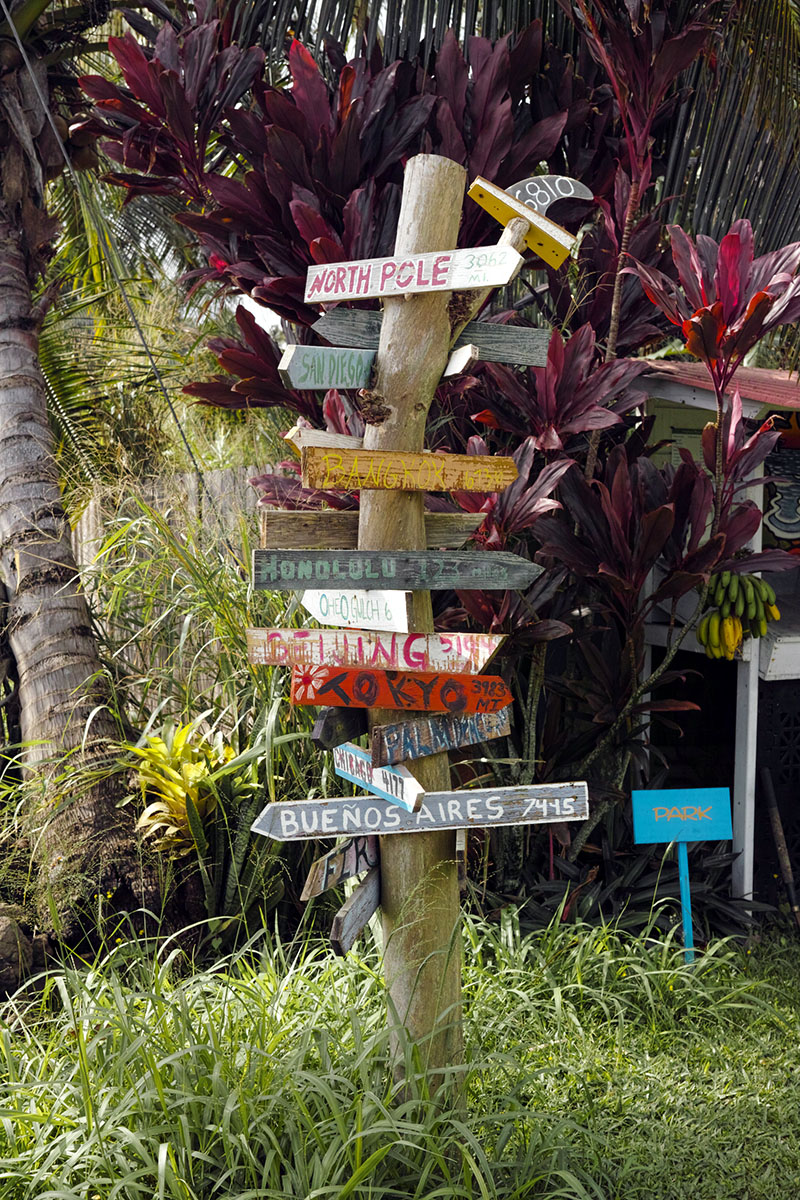

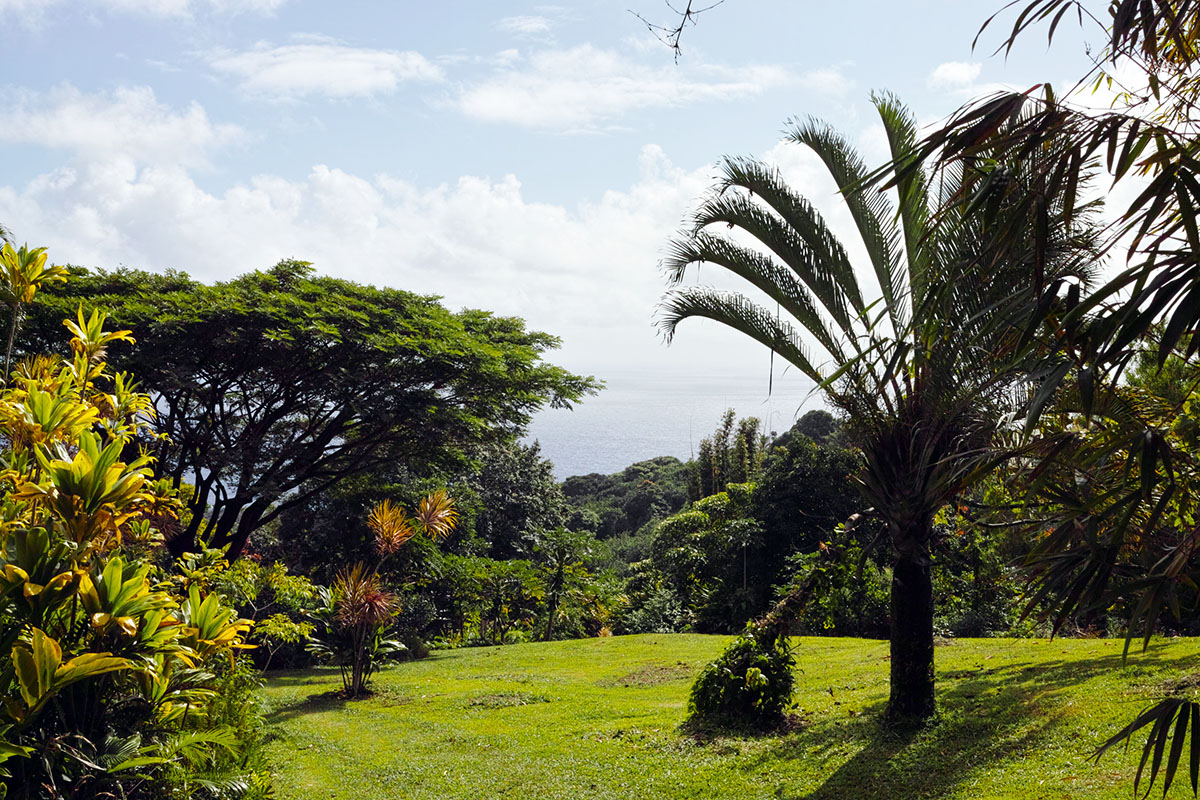
Happy New Year!



Happy New Year!
Watertown, WI.
In 1749, in the middle of the eighteenth century, Jacques François Guillauté, a French police officer and a mechanical engineer, who would later become an “Encyclopediste,” dedicated a richly illustrated manuscript to King Louis the 15th. The title of his manuscript was “Mémoire sur la Réformation de la Police de France.” With this token, he sought to convince the king to adopt a radical plan to reform the old French police system.
This work, along with numerous others in Europe at the time, formed part of a flourishing new genre which sought to constitute a new “science of police,” one which would not only improve the fight against crime, but moreover lay the basis for a whole new rationality of government. If this forgotten manuscript is worth remembering today, it is because it was one of the first attempts to articulate a new technology of power, one based on traces and archives, and which has since been widely perfected.
Guillauté’s prospectus contained a drawing of a strange machine, which formed the core of the whole project. Guillauté, proud of what he considered to be a revolutionary invention, called it “le serre-papiers,” the “Paperholder.”
Digital capabilities, adoption, and usage are evolving at a supercharged pace. While most users scramble just to keep up with the relentless rate of innovation, the sectors, companies, and individuals on the digital frontier continue to push the boundaries of technology use—and to capture disproportionate gains as a result.
The pronounced gap between the digital “haves” and “have-mores” is a major factor shaping competition at all levels of the economy. The companies leading the charge are winning the battle for market share and profit growth; some are reshaping entire industries to their own advantage. Workers with the most sophisticated digital skills are in such high demand that they command wages far above the national average. Meanwhile, there is a growing opportunity cost for the organizations and individuals that fall behind.
Our new McKinsey Global Institute (MGI) report, Digital America: A tale of the haves and have-mores, represents the first major attempt to measure the ongoing digitization of the US economy at a sector level. It introduces the MGI Industry Digitization Index, which combines dozens of indicators to provide a comprehensive picture of where and how companies are building digital assets, expanding digital usage, and creating a more digital workforce. In addition to the information- and communication-technology sector, media, financial services, and professional services are surging ahead, while others have significant upside to capture.
ago, if you were involved with the Web in Boston, one of the people you likely ran into was a forward-thinking Cambridge real estate broker named Bill Wendel. In 1995, before most people had Internet access at home, he opened the Real Estate Café outside of Harvard Square.
Wendel saw the Internet as “a tool to correct the problems in the industry,” giving buyers more information and lowering the fees they paid as part of buying a home. But in 1995, there wasn’t a way for buyers to search the primary database of for-sale properties — so Wendel opened a storefront where they could do that, long before Trulia, Redfin, or Zillow came along.
Jennifer Shore and Jill Steinman:
Results summary: We harvested old copies of Facebook’s privacy policies from the Internet Archive’s Wayback Machine from 2005 to 2015. We ranked each Facebook privacy policy based on its compliance with each of 33 relevant PPR Framework criteria, on a scale from 0 to 4 (with 0 indicating that the privacy policy did not meet a criterion at all, and 4 indicating that the criterion was fully met). We found a decline in 22 of the 33 standards we measured in Facebook’s stated privacy policy. Here are some examples. The measure of whether Facebook’s privacy policy fully describes use of Internet monitoring technologies, including but not limited to beacons, weblogs, and cookies, dropped from 4 to 0. The measure of whether the privacy policy fully describes under what circumstances data are externally disclosed started at 3, rose to 4 and then dropped to 0. The measure of whether the privacy policy describes a system that allows users to clearly identify data used for profiling and targeting started at 4 and dropped to 0. The measure of whether the privacy policy fully describes what ability the [user] has to change, segment, delete, or amend their information started at 4, bounced to 2 and back, and then dropped to 0. Drops in these measures suggest that privacy policies became less informative over time, even as word count soared.
Memories of a drive to and from Rosario were revived by a recent Economist “Bello” column on that City by the River (wikipedia).
I thought it time to share photos and a panorama from that 2014 journey.
This means that Rosario has no aristocracy but rather a bourgeoisie, based on family businesses, says Gerardo Bongiovanni, who runs Fundación Libertad, a liberal think-tank in the city. Both the city and the surrounding province of Santa Fe have been relatively well-governed since the 1980s, he adds. Rosario, and now the province, is a bastion of the Socialist Party, a moderate and non-populist grouping that models itself on its namesake in Spain. Argentines know the city as a centre of culture and a nursery of footballers—Lionel Messi, Ángel di María and Javier Mascherano, the brightest stars of the national team, were born there or nearby.
Rosario’s residually elegant tree-lined avenues of Belle Époque houses are testament to its golden age as a grain port a century ago. Today it is Argentina’s agro-industrial capital. The world’s biggest and most efficient cluster of oilseed-crushing plants stretches for 80km (50 miles) along the Paraná. Rosario has therefore suffered from President Cristina Fernández de Kirchner’s policy of squeezing farmers to benefit her clientele in the cities. Soya exports, for example, are subject to a 35% “retention” imposed in 2007 after world prices rose. Farmers suffer, too, from the overvalued peso.
At the vast crushing plant of Louis Dreyfus Commodities, a European firm, soyabeans are transformed into meal, oil and biodiesel and loaded into oceangoing ships at two wharves on the Paraná. It is a world-class operation, involving an investment of $700m, but it runs at only around 65% of capacity, says Diego Pereyra, the head of Dreyfus’s oilseeds division. For that, blame the “retentions”: after quadrupling in the decade to 2007, Argentina’s production has grown much less quickly.
What makes farmers even more furious is that they see little return from their taxes. Under Ms Fernández, the total number of public employees, pensioners and welfare beneficiaries has almost doubled. But investment in infrastructure has languished. An upgrade of the railway from Rosario to the north-west is only a third complete. Ms Fernández’s anti-business policies mean that private investment has slumped, too.
Flames greeted us on our arrival outside Rosario. Several people, using horse drawn carts placed burning tires on the freeway entering the City. We, along with many other cars made a rather long detour around the flaming tires and finally, into Rosario.
